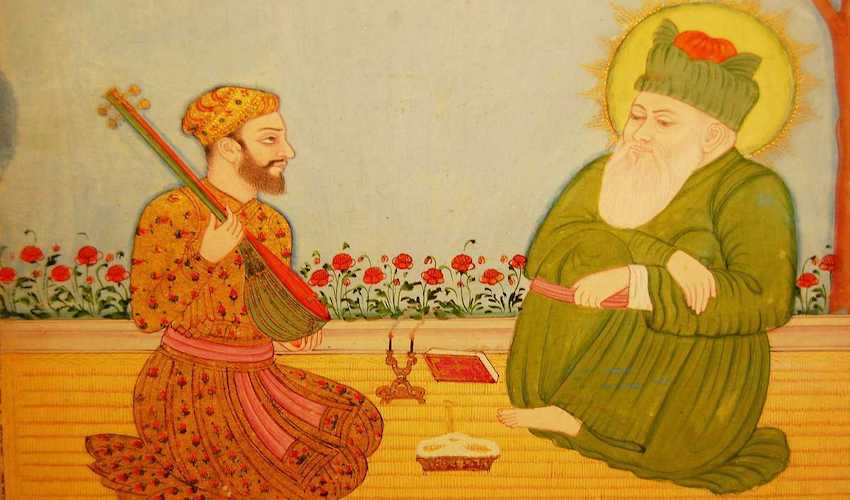
Spirituality, or religion, as understood in the history of India, has often been viewed in conjunction with the political dimensions of the society. Take an example of the earliest remains of a priest-king statue from the Harappan era, which led archaeologists and historians to speculate if theocracy prevailed during the Indus valley period. Or take the example of the rulers in ancient India, who adopted certain names [Asoka is referred to as Devanampiya Piyadasi in his inscriptions], signifying divine ordain, in order to establish their political legitimacy.
But what happened when these religious forces began occupying centers of power, thereby asserting their dominance? Focused on one’s experience of the divine, more so than idol worship, the Bhakti Movement emerged as a counter to the Brahmanical hegemony, during the early medieval period.
Interestingly, it was during the same period that Sufism originated in Mecca and Medina, “in itself a reaction to the growing materialism and worldliness”, writes Rana Safvi, in her book titled ‘In Search of the Divine’. However, it is important, she argues, “to understand that Sufism is neither a sect of Islam, nor is it different from the religion.”
What, then, is Sufism?
At the core, argues Safvi, “Sufism is the direct personal experience of God – in whose likeness we are made – and union with Him is the ultimate goal. It is believed that God Himself guides the souls and actions of only those with the junoon (passion) to reach the divine personally. Sufism involves praying in such a way that one can experience the divine personally.”
By the time Sufism reached India during the medieval period, “it had entered an important phase of its history—the organization of silsilahs (orders)”, writes Raziuddin Aquil. With the Bhakti Movement at its peak, away from materialism and worldliness, Sufism too found a place in the society that was moving away from the already established political centers. Aquil suggests that “the abhorrence to politics compelled the Sufis to stay away from the centers of political influence and establish their hospice (jama‘atkhana or khanqah) in the localities inhabited by low caste Hindus.”
However, such has been the trajectory of India’s medieval history, that “its divergent Hindu-Muslim interpretations have less to do with any serious attempt at understanding how the past might have been like and more of an exercise in abusing it for the politics of the present,” comments Aquil.
Therefore, we, at the Indian History Collective, have re-produced a chapter on Silsilahs (the Sufi mystic Orders) from Rana Safvi’s ‘In Search of the Divine’, published by Hachette India, for we believe that it is crucial to understand these histories in their right context, and through this, we hope to provide another lens to look at medieval Indian history.
When it comes to the popular meanings of Sufism in India today, it is often associated with the dargahs of Khwaja Garib Nawaz and Hazrat Nizamuddin Auliya in Ajmer and Delhi respectively, and the famous qawwalis. “Most people,” writes Safvi, “probably don’t know that they belong to the Chishti silsilah, or indeed what silsilahs are, and how they helped in the spread of Sufism.” If one is to get to the roots of what Sufism meant to the people of the Indian subcontinent, and the impact it created, it is important, according to Safvi, “to understand the various silsilahs that flourished here and their important saints, for it was these saints who attracted people to their khanqahs in the early stages.”
The Arabic word ‘silsilah’, she goes on to explain, “literally means chain, and in Sufism it refers to the formal chain of spiritual descent. The chain runs across centuries but starts with the master who passes on their mystic wisdom to disciples, who in turn pass it on to theirs and so on.”
Focusing on the four major silsilahs that flourished in India, i.e., Chishti, Naqshbandi, Suhrawardi, and Qadriya, Safvi goes on to explain the two types of silsilahs that exist:
And while there are similarities in terms of the goals of these silsilahs, i.e., to surrender their souls to God’s will and achieve union with the Divine, the differences between the various silsilahs make an appearance in their ritualistic practices and traditions. “While the Suhrawardis emphasize salat (prayers) and zikr, fasting only in the month of Ramzan, the devotion of the Chishtis leads them not just to offer prayers but indulge in difficult ascetic practices and fast almost continuously. The former believe in eating all that is pure, and in acting righteously, while the latter focus on self-mortification, penance, and meditation.”
How did these silsilahs garner immense support from the masses during the 12th to the 16th centuries in the subcontinent? Is it accurate to say that the that the Sufi saints were involved in converting ‘Hindu’ masses to Islam? Scholars like K.A. Nizami, S. A. A. Rizvi, and Carl W. Ernst have debated on this question from different viewpoints. According to Nizami, the Chishti sheikhs attracted low-caste Hindu converts in rural India, by the force of their spirituality and egalitarianism. Rizvi in his essay titled “Islamic Proselytization: Seventh to Sixteenth Centuries” traces the history of Proselytization through the different historical epochs. While the Arab traders were involved in peaceful proselytization in Gujarat and Malabar, by marrying Hindu women, political conquest was also a method for converting Hindus. However, in Rizvi’s view, this “policy was not very successful because most of [the] converts apostatized”. Raziuddin Aquil, however, would disagree. According to him, “it is noted that there was no evidence of even a single case of conversion in the mystic records of the Delhi Sultanate.”
The mystics who came and settled in India, “drew from local Hindu influence”, argues Safvi, “and developed a unique form of Sufism here.” Historians such as Sunil Kumar (in his Paper titled “State Formation and Social Integration in Pre-modern South and Southeast Asia: A Comparative Study of Asian Society”) argue that the saints were involved in “preaching to the commoners, often using the vernacular, and communicating complex aspects of Islam and Sufi philosophy through pithy maxims derived from the quotidian experiences of the common people and not just the elites.”
Coming back to the question of the influence of politics in devotional practices, however, Aquil reminds us that historically, in India, “interactions between political and spiritual domains have created conditions for general public weal through inclusive political theory and practice, as well as recognition of shared and pluralistic cultural traditions with space for diversity and difference.” Sufism, in this context, has contributed immensely to these processes, “marking India’s civilizational achievements with peace and tolerance as defining features. It is important that these virtues of Sufi-oriented Islam are highlighted, especially in these times of hatred and violence.”
The chapter reproduced below explores, in brief, the advent of Sufism into India, how it spread, the need for and the concept of Sufi orders, and the major Sufi silsilahs. In order to get a sense of each of the important silsilahs that flourished in India, read “In Search of the Divine, by Rana Safvi.
The paths
are many
The Destination
is one
Do you not see?
There are many paths
to the Ka’ba.
– Mevlana Jalaluddin Rumi
I am standing in the courtyard of Dewa Sharif, in Uttar Pradesh, surrounded by a sea of yellow as I wait for the urs ceremony to start. A first-time visitor may not know that the Warsis of Dewa Sharif wear this distinctive shade of yellow or about its significance.
Haji Syed Waris Ali Shah (1817-1905), the founder of this silsilah, not only wore yellow in his daily life, he also performed his hajj in an abram (unstitched robe worn by pilgrims) of the same colour. Was it because yellow symbolizes paleness? The lover is pale and anguished, longing for his Beloved Divine, and he suffers till he becomes ‘golden’, like metal, in the crucible of love.
Is yellow associated with Sufism? Or do followers of a certain saint wear it? To understand this one must understand what a silsilah or Sufi order is.
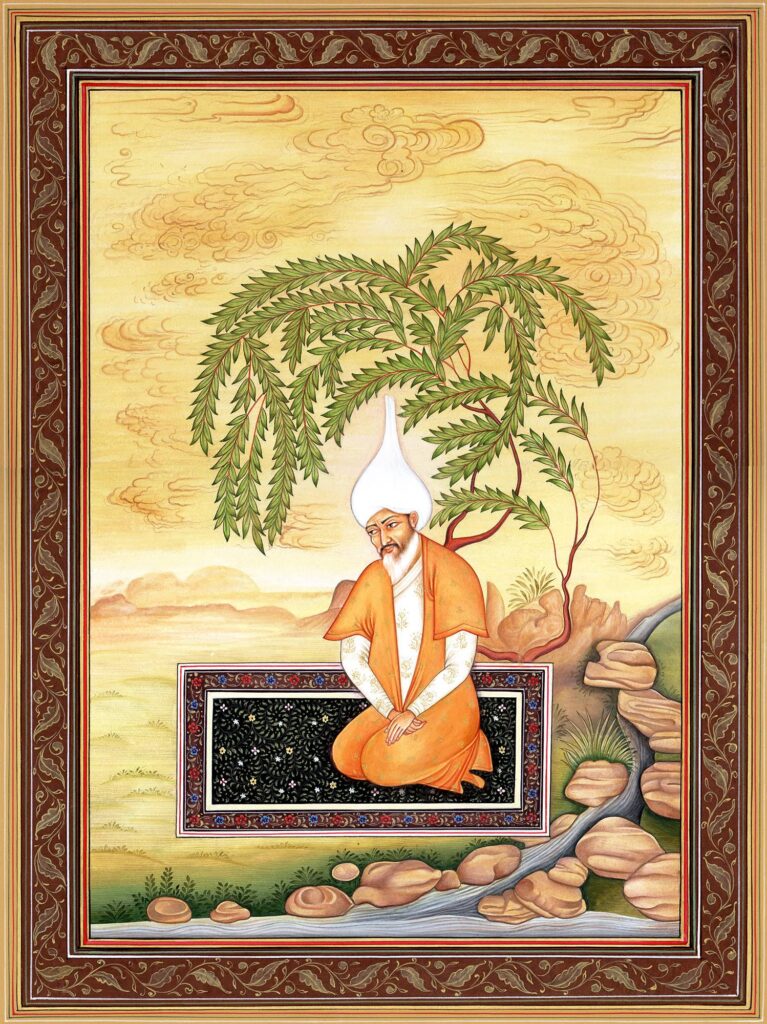
The Sufi
When the uninitiated think of Sufism in India, it is the very popular dargahs of Khwaja Garib Nawaz and Hazrat Nizamuddin Auliya that come to mind. Most people probably don’t know that they belong to the Chishti silsilah, or indeed what silsilahs are, and how they helped in the spread of Sufism.
The Arabic word ‘silsilah’ literally means chain, and in Sufism it refers to the formal chain of spiritual descent. The chain runs across centuries but starts with the master who passes on their mystic wisdom to disciples, who in turn pass it on to theirs and so on.
The Arabic word ‘silsilah’ literally means chain, and in Sufism it refers to the formal chain of spiritual descent. The chain runs across centuries but starts with the master who passes on their mystic wisdom to disciples, who in turn pass it on to theirs and so on.
In the previous chapter, we have seen how the first Sufis came to the Indian subcontinent in the eighth and ninth centuries. But it was only with the establishment of the Sufi silsilahs (orders) in the twelfth century that Sufism became popular. Many graves of pir babas (saints) from the early period are revered even today. They are scattered across various parts of the subcontinent. Although they often have a strong localized following, not much is known about them.
For instance, Haji Rozbih, the first Sufi saint to reach Delhi, lies buried just outside the walls of the Chauhan Fort, Lal Kot, Mehrauli in Delhi. Next to his simple open air grave in the forest is the grave of another devotee, said to be his female disciple from the Chauhan clan and a daughter of Prithviraj Chauhan. This claim maybe far-fetched, especially because Prithviraj Chauhan never came to Delhi. Besides, we don’t know enough about the saint, so we can’t be certain he had disciples at all. Chishti saint Qutub Sahib, too, is in Mehrauli; he holds sway over the hearts of not just the locals but people the world over. In his case, because the Chishti silsilah is well documented, we know of his history and karamat and disciples.
With the consolidation of the Delhi Sultanate came the establishment of khanqahs (Sufi hospices), and state patronage of saints, with the new conducive atmosphere, the Sufi orders were able to establish themselves firmly in the Indian subcontinent. The urs (death anniversary) celebrations of Sufis slowly began to attract thousands from across the globe, and it continues to do so even now. The most popular urs ceremony in India is that of the Chishti saint of Ajmer, Khwaja Muinuddin Chishti, known popularly as Khwaja Garib Nawaz.
In this and the subsequent chapters, I delve into the formation of silsilahs, as their emergence is very important to understand Sufism.
From the tenth century onwards we see the popularity of Sufism spread across Central Asia. The establishment of the Delhi Sultanate (1192) coincided with unrest in Central Asia due to the Mongol invasions, leading to the large scale exodus of immigrants into India. Many Sufi saints, too, thus arrived in India during this period and set up their khanqahs.

“Portrait of Shaikh Mu’in al-Din Hasan Chishti”, Folio from the Shah Jahan Album
This led to the emergence of many new traditions and according to Raziuddin Aquil, an academic, the ‘interactions between various strands of Islam and diverse Indic religious traditions led to the emergence of new forms of religiosity, cults and sects, the most prominent being Sufism, Bhakti and Sikhism’. Aquil then proceeds to elaborate on this succinctly:
“Sufis were able to evolve an acceptable language and common grounds, which the self-styled guardians of Islam, the ulama, could not. Low-caste Bhakti saints could speak against social inequities, the Brahmin pandits could not. Some of the exalted gurus did speak of social harmony, but their ill-trained chelas [disciples] did not. For some, bigotry was the guiding principle of life; for others, justice and humanity were the ideals to adhere to.”
“Sufis were able to evolve an acceptable language and common grounds, which the self-styled guardians of Islam, the ulama, could not. Low-caste Bhakti saints could speak against social inequities, the Brahmin pandits could not. Some of the exalted gurus did speak of social harmony, but their ill-trained chelas [disciples] did not. For some, bigotry was the guiding principle of life; for others, justice and humanity were the ideals to adhere to.”
Raziuddin Aquil
As the number of Sufis began to increase, they began to feel the need to formalize and legitimize their spiritual training. This led to the rise of mystical orders or silsilahs from the twelfth century. Silsilahs gave the followers a spiritual hierarchy and a place within it, along with ‘greater respectability and a stronger base of defence against the onslaught of the orthodox’.
The earliest stage of the formation of such orders was marked by the presence of ascetic Sufis who renounced worldly pleasures, and lived in constant remembrance of Allah, and in solitude. They were mainly based in the cities of Basra and Kufa in Iraq. This was in adherence to Prophet Muhammad’s example.
A very popular hadith given in Sahih Muslim (no. 1479) describes the time when the second caliph of Islam, Umar ibn al-Khattab, found the Prophet lying on a straw mat with only a handful of barley in the corner of the cell. The imprint of the Prophet’s bare upper body was still on the mat. On seeing the extremely austere life the Holy Prophet was leading, Umar ibn al-Khattab started weeping. When the Prophet asked him why he was crying, he replied that he was saddened by the realization that the Caesars and Khusraus of the world (kings) lived a life of luxury, while the Messenger of God was living in such poverty. The Prophet said that he was satisfied with the prosperity of the hereafter – meaning he didn’t hanker after worldly pleasures, which were temporary.
Aquil summarizes the spread of Sufism, ‘Beginning with the influential mystic circles of Baghdad, Sufi networks were established in lower Iraq, Iberia, Egypt, north-eastern Iran and Central Asia between the ninth and twelfth centuries.’ The rise of silsilahs was a natural progression when Sufi saints became more organized.
To understand Sufism and its impact in India, it is essential to understand the various silsilahs that flourished here and their important saints, for it was these saints who attracted people to their khanqahs in the early stages. The major saints of each order sent their disciples to various parts of the subcontinent to establish their mission. These were called vilayats (spiritual territories). Today the teachings, legacy, and the karamat (miracles) attributed to these disciples draw people seeking their intercession to the shrines.
To understand Sufism and its impact in India, it is essential to understand the various silsilahs that flourished here and their important saints, for it was these saints who attracted people to their khanqahs in the early stages. The major saints of each order sent their disciples to various parts of the subcontinent to establish their mission. These were called vilayats (spiritual territories). Today the teachings, legacy, and the karamat (miracles) attributed to these disciples draw people seeking their intercession to the shrines.
Though there were many female Sufi saints, they did not establish silsilahs which remained a male privilege.
The silsilahs began to develop in the tariqah stage, discussed in the previous chapter. They were built around a particular saint and his teachings, and the rules of khilafat (succession) were formed. The relationship between the pir and murid became very clear.
The initial silsilahs were formed and named after their masters. Take the example of the first group to organize itself as an order, the Qadriya silsilah; it was named after Sheikh Abdul Qadir Jilani. There was also the Muhasibi silsilah named after Abu Abdullah al Harith Ibn Asad al Anazi al Muhasibi (781-857), and the Junaydi Order named after Junaydi Baghdadi (830-910).
As the Sufi silsilahs developed, they split into a number of branches. Today, there are innumerable silsilahs in the world, but I will limit myself to the major Indian silsilahs.
As these silsilahs formalized their teachings, they also imbibed many other regional influences, which they adapted within the Islamic framework. So while Sufism didn’t grow out of these, as its main source is the Quran, and the life of the Prophet, the monastic traditions of Buddhism and Christianity, and the philosophies of the Vedas, the Upanishads, and Neo Platonism were all absorbed into its discourse.
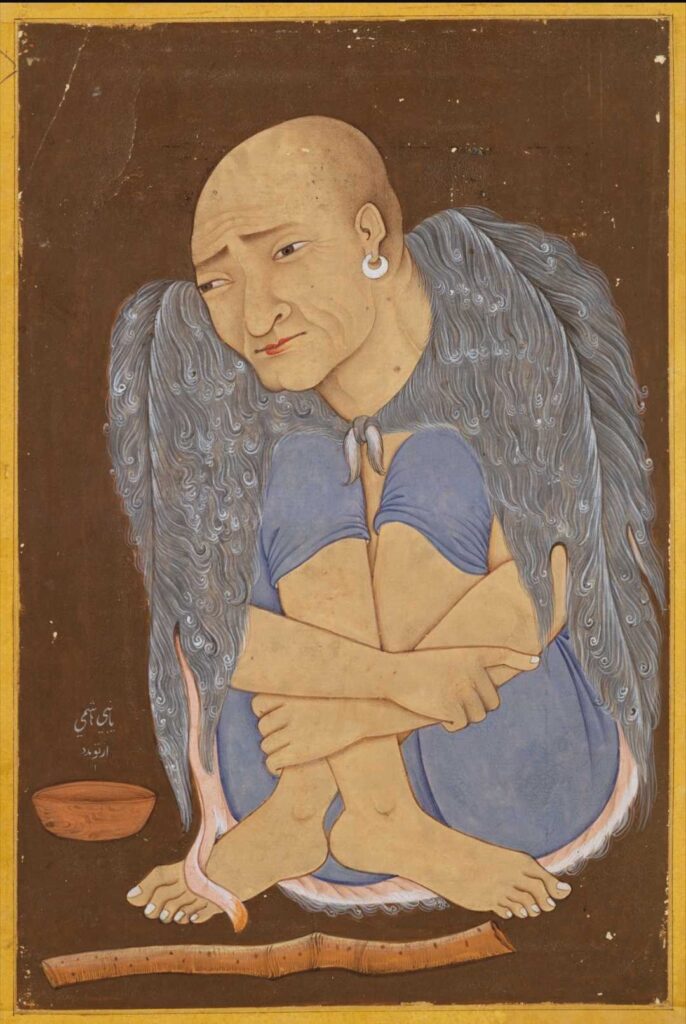
Portrait of a Sufi
Every silsilah had its own particular methods, rituals, and techniques. There is, for instance, a difference in the method of zikr (remembrance of Allah) in each order. While the Naqshbandi order lays emphasis on silent zikr, with breath control and meditation, the Chishti order does it aloud — almost always through the medium of sama mehfils (musical assemblies) to create momentum to lead to a state of trance. The Chishti silsilah today is the main promoter of the tradition of qawwali; you will always find qawwalls being sung in their dargahs. Scholar and author Omar Khalidi writes about this:
“Of the four Sufi orders popular in India the Chishtis alone sought ecstatic inspiration in music. The Suhrawardis were generally indifferent to it and recommended instead the chanting of the Quran: the Qadiris were opposed to music generally, and to instrumental music in particular. The Naqshbandi attitude to music was even more hostile.”
The silsilahs are of two types: those that adhere strictly to shariah and are called ba-shara, and the non-conformist ones referred to as be-shara. According to Aquil, the terms and the ‘distinction smacks of fatwa-baazi [Islamic rulings] in Islam. If at all one needs to identify and judge some people such as the madaris or qalandars, they may be referred to for being non-conformist, and even somewhat deviant.’
The silsilahs are of two types: those that adhere strictly to shariah and are called ba-shara, and the non-conformist ones referred to as be-shara. According to Aquil, the terms and the ‘distinction smacks of fatwa-baazi [Islamic rulings] in Islam. If at all one needs to identify and judge some people such as the madaris or qalandars, they may be referred to for being non-conformist, and even somewhat deviant.’
Therefore, the term used in this book is non-conformist.
The non-conformists called qalandari or mazjub (intoxicated) do not belong to any one silsilah and spend their time wandering from one place to another. They believed in rejecting the material world, according to scholar Ute Falasch, ‘opting for celibacy, itinerancy, poverty, and mendicancy instead.’
“The deviance from social and moral norms in the attitude towards plety is often presented to the community by peculiar dress and paraphernalia, or the lack of appropriate clothing, as well as a provocative behaviour that is regarded as offensive. Not only the neglect of social standards may characterize this piety, but also that of religious normativity, which is why they are labelled antinomian. It may be expressed in different ways, such as ecstatic states that revolve around music and dance or the experimentation with drugs, mostly hashish, as well as a disregard for religious duties, such as fasting and praying. Because of these aspects, these groups always have been an object of criticism. Movements such as the Qalandariyyah, which spread in the thirteenth and fourteenth centuries across the Muslim world up to India, have been looked down upon by the intellectual elite of the society, regarding them as false Sufis who lack religious sentiments or imposters that misuse the sensitivities of the people.”
This is not to say that these fakirs or qalandars were rejected by Muslim society. They found a space for themselves in society and dargahs. Though they did not follow the widespread social norms, there is nothing to suggest that they rejected normative Islamic practices.
Many Sufi silsilahs have flourished in India over time. Abul Fazl lists fourteen orders that were functioning in sixteenth-century India. Of these, the four most prominent ba-shara silsilahs are the Chishti, Suhrawardi, Qadriya, and Naqshbandi. Among the non-conformist silsilahs, the dewangan section of the Madari silsilah and the Rasul-Shahis are two prominent ones in India.
Many Sufi silsilahs have flourished in India over time. Abul Fazl lists fourteen orders that were functioning in sixteenth-century India. Of these, the four most prominent ba-shara silsilahs are the Chishti, Suhrawardi, Qadriya, and Naqshbandi. Among the non-conformist silsilahs, the dewangan section of the Madari silsilah and the Rasul-Shahis are two prominent ones in India.
While mystic centres had been established in many areas by Muslim saints long before the establishment of Turkish rule, the establishment of the Delhi Sultanate saw the emergence of Sufi saints and systematic organization of silsilahs in India. Two of the most important mystic orders — the Chishti and the Suhrawardi — were also introduced in north India during the Delhi Sultanate years. These silsilahs often played an important role in society of the times, as will be discussed later.
The Suhrawardi and the Chishti silsilahs were and are on friendly terms with each other, and the latter even rely on the works of the saints from the former silsilah, like Sheikh Shihabuddin Suhrawardi and Sheikh Hamiduddin Nagauri. The goal of both the orders is to surrender their souls to God’s will and achieve union with the Divine.
Yet, despite all these similarities, there are also differences. The rituals and ceremonies of the two orders reflect their contrasting attitudes towards society and politics. While the Suhrawardis emphasize salat (prayers) and zikr, fasting only in the month of Ramzan, the devotion of the Chishtis leads them not just to offer prayers but indulge in difficult ascetic practices and fast almost continuously. The former believe in eating all that is pure, and in acting righteously, while the latter focus on self-mortification, penance, and meditation.
Their contact with yogis has led the Chishtis to practice zikr with strenuous coordination of limb movements and postures associated with exhalation and inhalation.
The sama mehfils of the Chishtis are attended by the Suhrawardi saints of Delhi but not encouraged by the Multani Suhrawardis.
The Naqshbandis felt it essential to connect and interact with the powers that be, as the life of the rulers had a deep impact on the life of the people. The Suhrawardis mixed with the kings, and ‘gave moral support to them but did not attempt any reorientation of their thought’.
The Chishtis, on the other hand, didn’t seek active involvement but they didn’t shun the rulers totally either, accepting grants and land from them. The well-known Chishti Hazrat Nizamuddin Auliya did seek to stay away from rulers, though, and there is a famous incident pertaining to the time when Sultan Jalaluddin Khilji wanted to visit him. Hearing of the ruler’s desire, he is said to have famously quipped that a Sufi khanqah has two doors and if the sultan entered by one, he’d use the other to leave. However, his with Alauddin Khilji were cordial — with the sultan seeking ‘Nizam-ud-Din’s spiritual assistance for knowing the fate of his campaign in southern India — the Sufi master had predicted its victory’.
A very famous story described in Fawaid al-Fuad is of a Sufi saint named Shaikh Ali. The saint was sitting with outstretched legs repairing his tattered cloak when the ruler and his wazir (prime minister) visited him. The wazir asked him to fold his legs, but he remained still and unperturbed. When the ruler drew closer, he showed his fists and said that he has closed his hands instead!
This should not be taken to mean that these saints did not influence the rulers — only that they did it indirectly by narrating stories and parables, or quoting from the hadiths and the life of the Prophet, to show rulers that their tyranny was wrong.
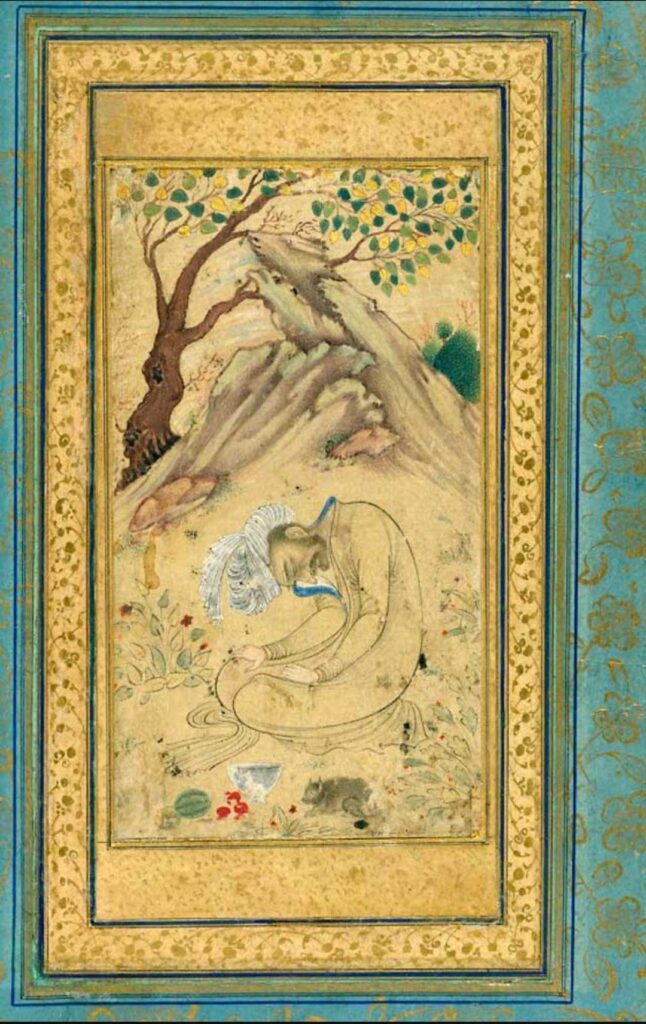
Sufi in a Landscape, Iran, Isfahan, Circa 1650–1660. Los Angeles Museum of County Art.
The Naqshbandi order was the last of the major silsilahs to find its way into India via Khwaja Nasiruddin Ubaidullah Ahrar’s descendants, Khwaja Abdul Shahid, and Khwaja Kalan. The two men came to the Mughal court on Babur’s invitation but didn’t stay long. This silsilah attained popularity later via Khwaja Muhammad Baqi, also known as Baqi Billah Berang.
Apart from the four main silsilahs, there were many offshoots and independent silsilhas, such as the Sabri, Firdausi, Shattari, Kubravi, Warsi, and Kazmiya Qalandari.
Throughout the lands where the khanqahs and dargahs established were governed by the local rulers, the Sufi saints were considered the spiritual rulers. According to historian Sunil Kumar, the political ruler with his army ‘were the intrusive and sometimes violent and usually coercive element that appeared in South Asian history with the establishment of the Sultanate (c. 1200+).’ Further, he says:
“Conversely, as proponents of a mystical Islam, Sufis have been regarded as the ecumenical face of Islam, preaching to the commoners, often using the vernacular, and communicating complex aspects of Islam and Sufi philosophy through pithy maxims derived from the quotidian experiences of the common people and not just the elites. As an extension of this idea, since Sufis were not involved in the mundane temporal world but with abstract, spiritual praxis, historiographical narratives often placed them outside the realm of history and the vicissitudes of change.”
The role of the Sufi was multi-layered and thus they played a very important role in shaping the religious outlook of the rulers, thereby shaping history. Sheikh Abdul Quddus Gangohi, the Chishti Sabri saint, in a letter to Babur sets forth his views in regard to the functions and duties of a Muslim king. He expressed his faith in Babur’s firm conviction in Islam and Hanafi law, and his devotion to the ulema and the Mashaikh, whom he entreated for the theologians, mystics, weak, and the depressed to be maintained and subsidized by the state. In M. Zameer Uddin Siddiqi’s words:
“It was specially stressed that the obligation of deep gratitude to God demanded that [the] all-pervading Justice of the King cast its shadow on the people and that no one should subject another to torture and tyranny and that all the people and soldiers hold fast to all that has been ordained by shara and abstain from all that is forbidden.
Since each silsilah had its own dynamics with the rulers and the people of the subcontinent, I will examine each one separately in the subsequent chapters.
This excerpt has been carried courtesy the permission of Rana Safvi and Hachette India. You can buy In Search of the Divine: Living Histories of Sufism in India, here.
Rana Safvi is a writer, scholar and translator. She is a passionate believer in India’s unique civilizational legacy and pluralistic culture which she documents through her writings, podcasts and videos. She has published nine books so far on the culture, history and monuments of India. These are Tales from the Quran and Hadith and the Delhi trilogy which includes Where Stones Speak, The Forgotten Cities of Delhi and Shahjahanabad: The Living City of Old Delhi. She has translated both the editions of Sir Syed Ahmad Khan’s seminal work on Delhi, Asar-us-Sanadid and Dastan-e-Ghadar, and four accounts of nineteenth and twentieth century Delhi from Urdu to English as City of My Heart and A Saint, A Folk Tale and Other Stories: Lesser-Known Monuments of India.
| 2500 BC - Present | |

|
2500 BC - Present |
| Tribal History: Looking for the Origins of the Kodavas | |
| 2200 BC to 600 AD | |

|
2200 BC to 600 AD |
| War, Political Violence and Rebellion in Ancient India | |
| 400 BC to 1001 AD | |
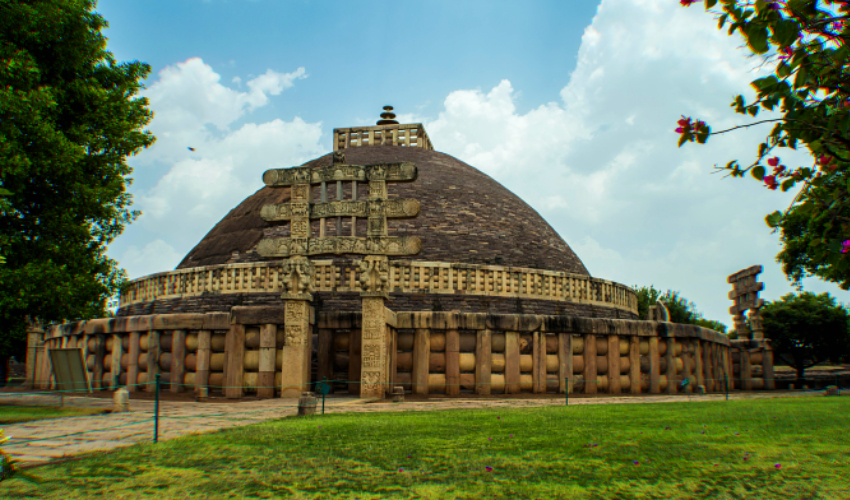
|
400 BC to 1001 AD |
| The Dissent of the ‘Nastika’ in Early India | |
| 600CE-1200CE | |
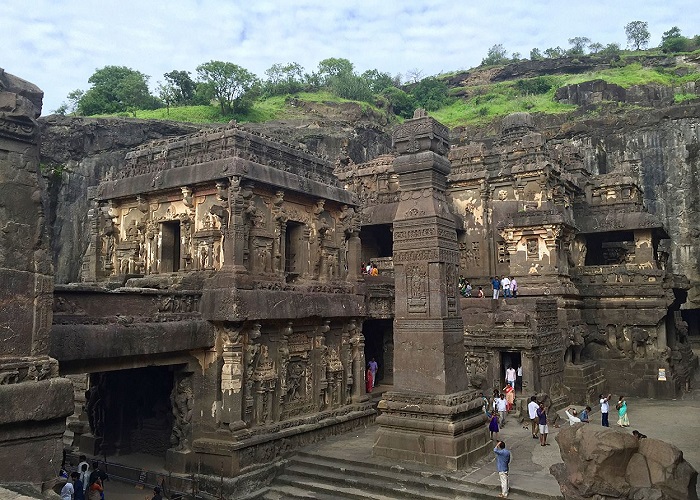
|
600CE-1200CE |
| The Other Side of the Vindhyas: An Alternative History of Power | |
| c. 700 - 1400 AD | |
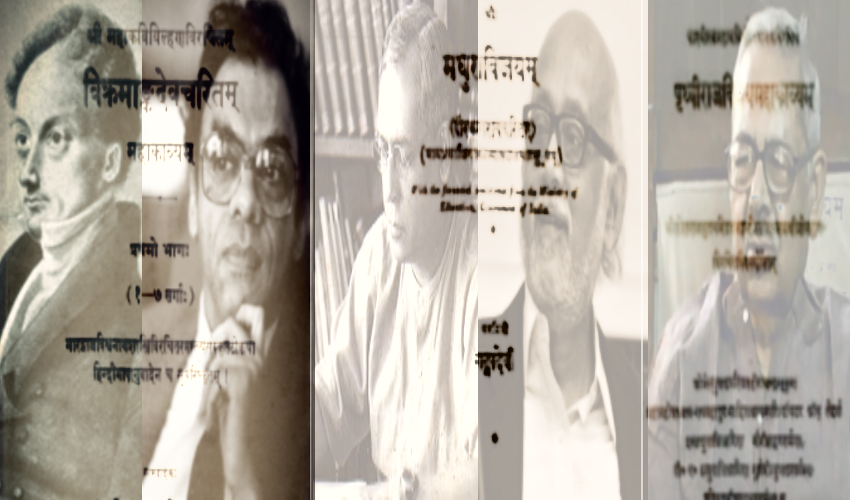
|
c. 700 - 1400 AD |
| A Historian Recommends: Representing the ‘Other’ in Indian History | |
| c. 800 - 900 CE | |
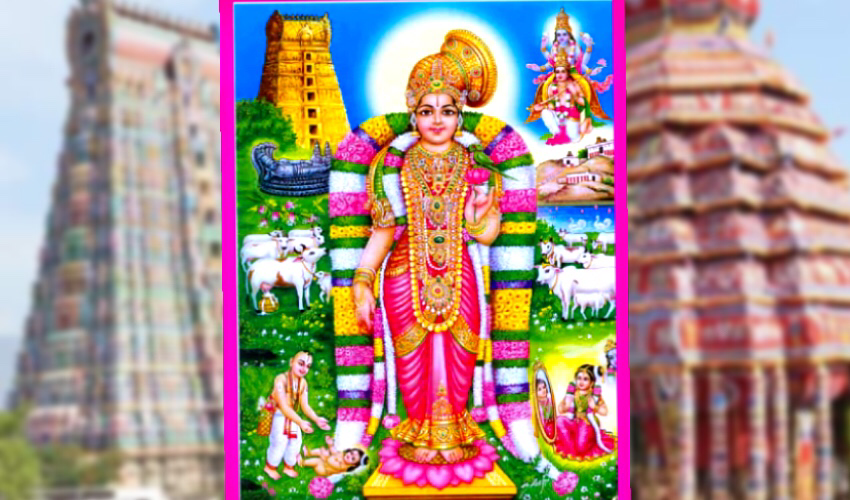
|
c. 800 - 900 CE |
| ‘Drape me in his scent’: Female Sexuality and Devotion in Andal, the Goddess | |
| 1192 | |
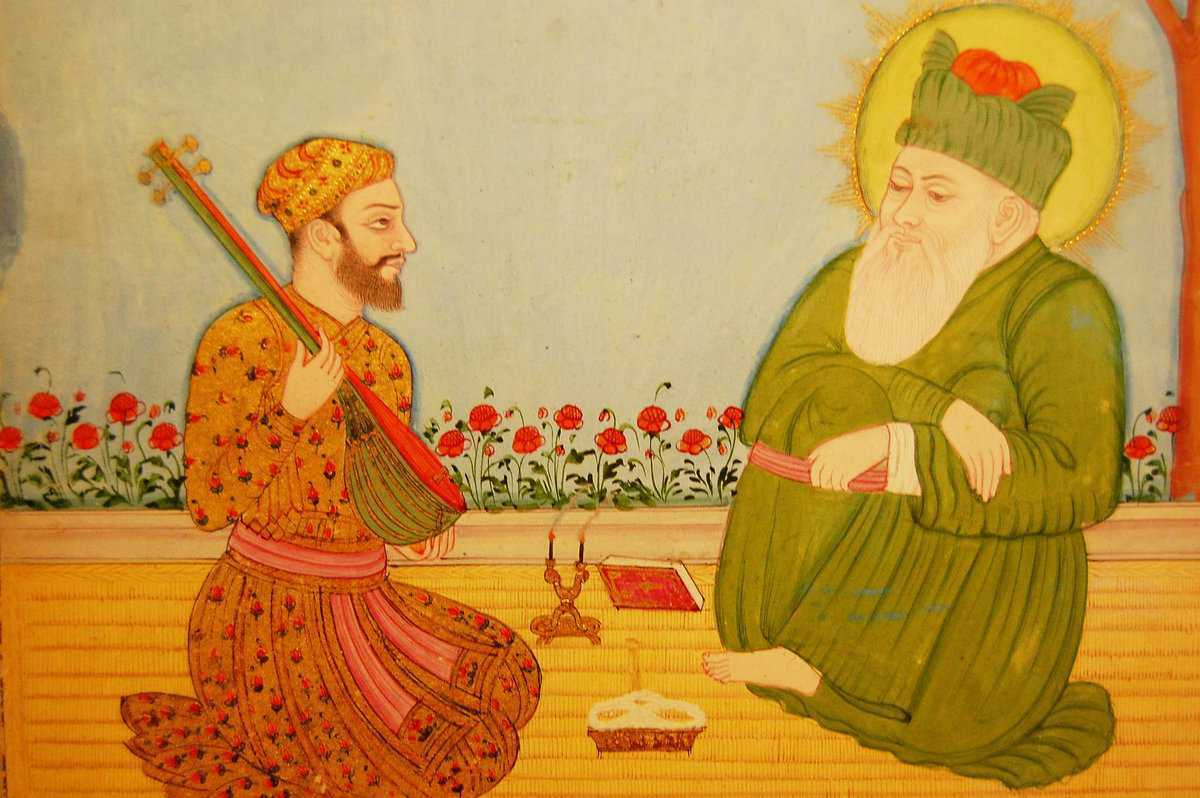
|
1192 |
| Sufi Silsilahs: The Mystic Orders in India | |
| 1200 - 1850 | |

|
1200 - 1850 |
| Temples, deities, and the law. | |
| c. 1500 - 1600 AD | |
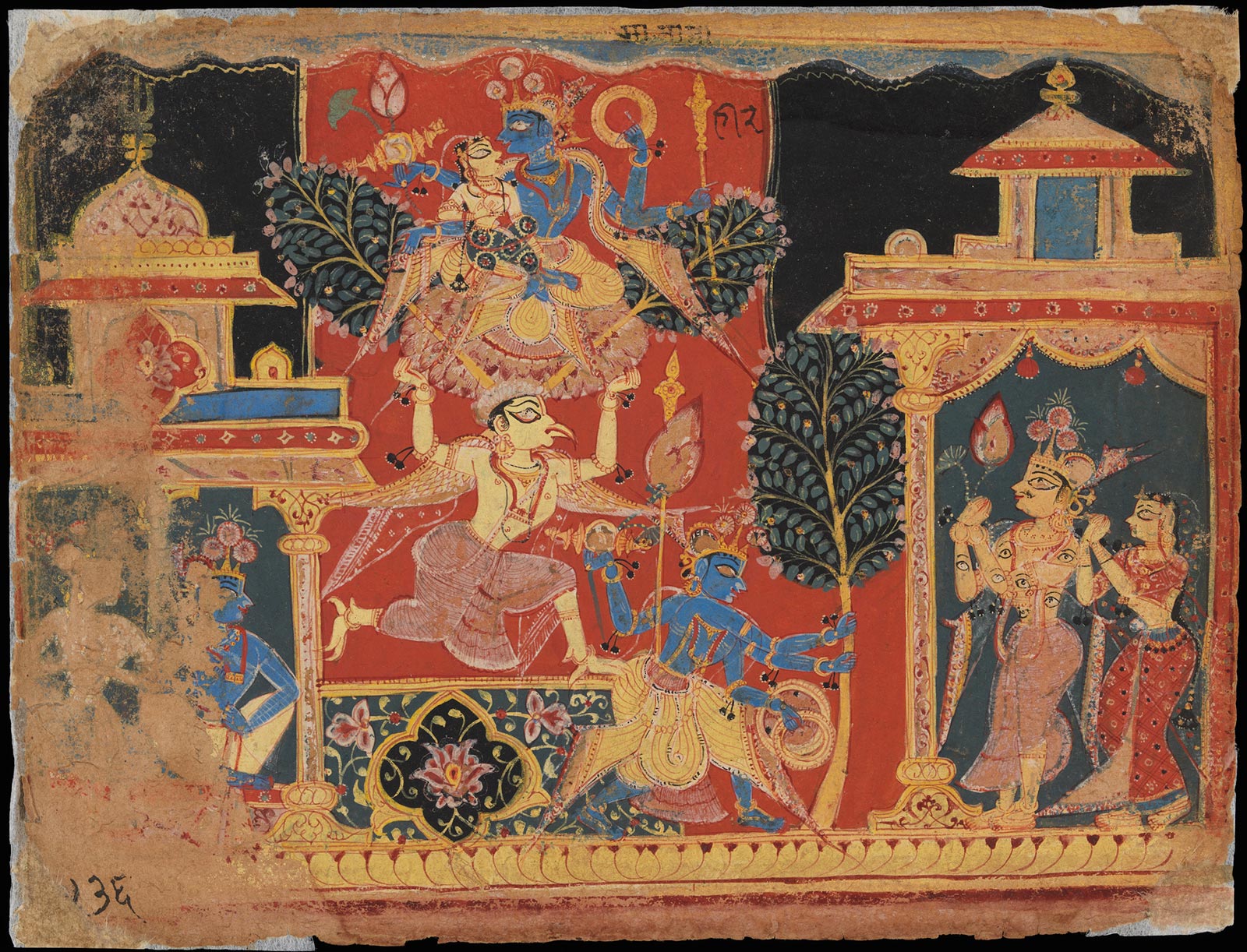
|
c. 1500 - 1600 AD |
| A Historian Recommends: Religion in Mughal India | |
| 1200-2020 | |
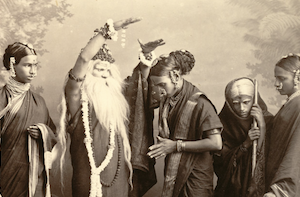
|
1200-2020 |
| Policing Untouchables and Producing Tamasha in Maharashtra | |
| 1530-1858 | |

|
1530-1858 |
| Rajputs, Mughals and the Handguns of Hindustan | |
| 1575 | |
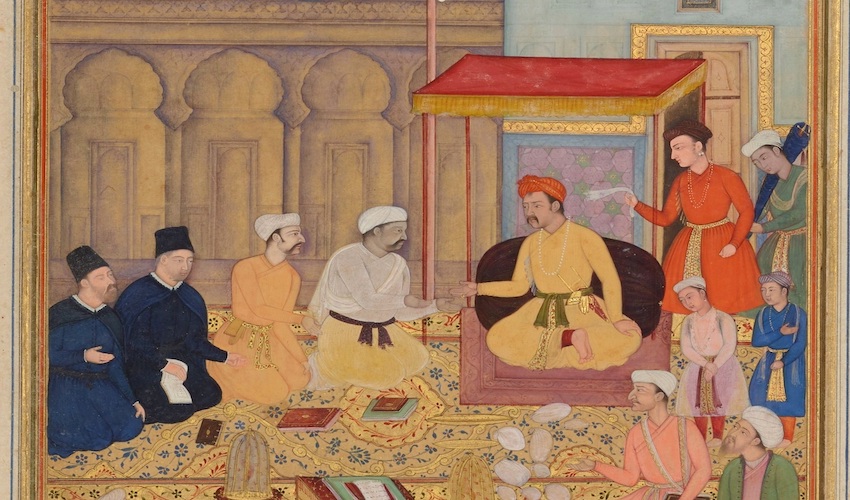
|
1575 |
| Abdul Qadir Badauni & Abul Fazl: Two Mughal Intellectuals in King Akbar‘s Court | |
| 1579 | |
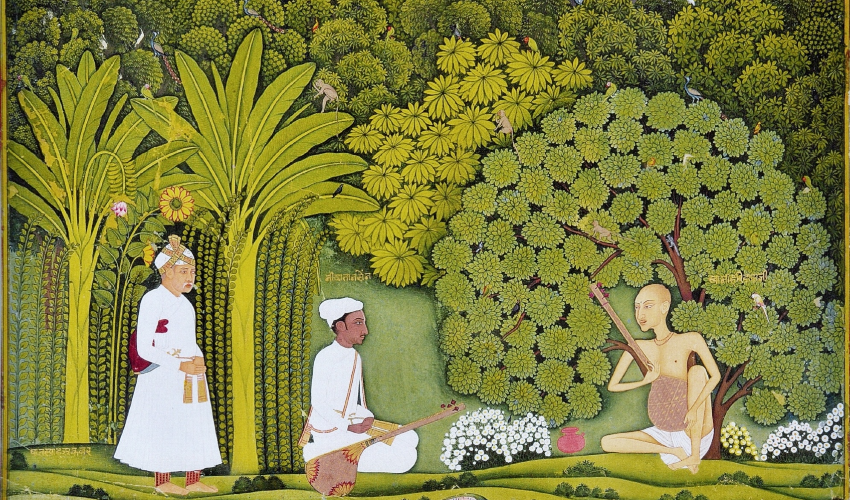
|
1579 |
| Padshah-i Islam | |
| 1550-1800 | |
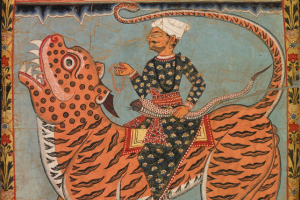
|
1550-1800 |
| Who are the Bengal Muslims? : Conversion and Islamisation in Bengal | |
| c. 1600 CE-1900 CE | |

|
c. 1600 CE-1900 CE |
| The Birth of a Community: UP’s Ghazi Miyan and Narratives of ‘Conquest’ | |
| 1553 - 1900 | |
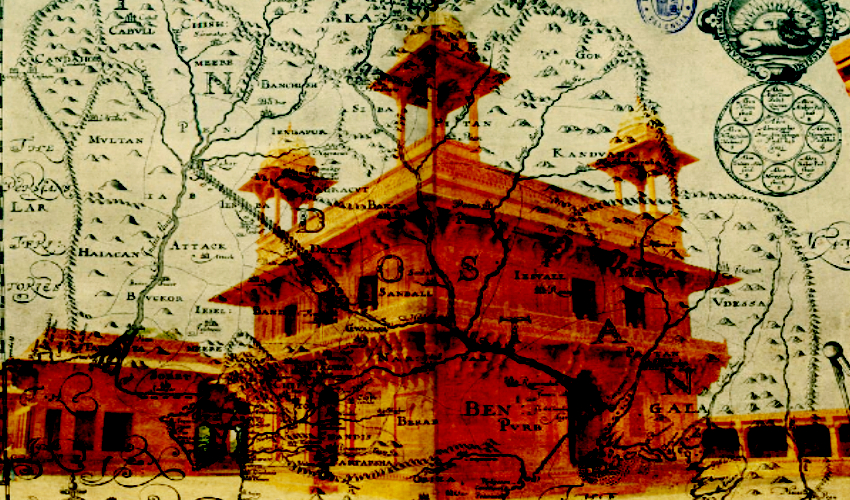
|
1553 - 1900 |
| What Happened to ‘Hindustan’? | |
| 1630-1680 | |
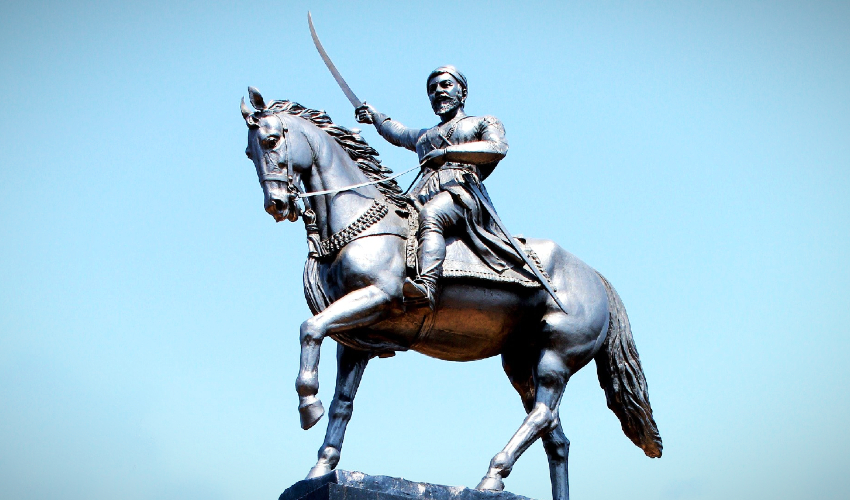
|
1630-1680 |
| Shivaji: Hindutva Icon or Secular Nationalist? | |
| 1630 -1680 | |
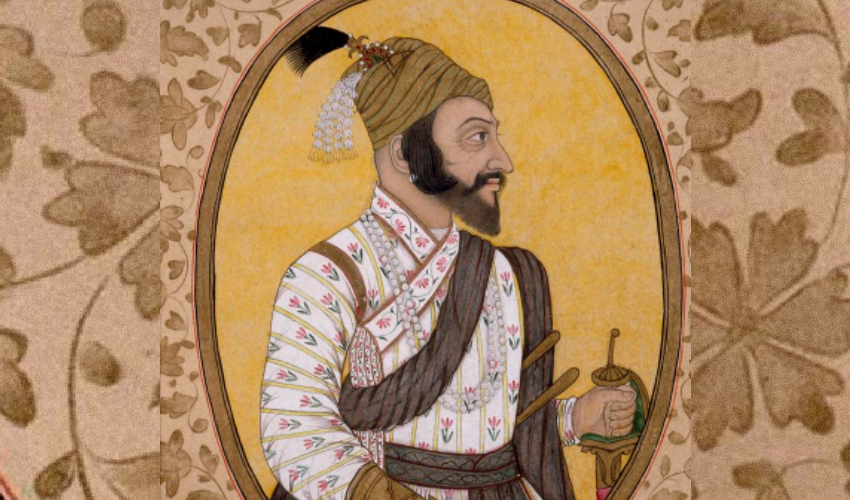
|
1630 -1680 |
| Shivaji: His Legacy & His Times | |
| c. 1724 – 1857 A.D. | |

|
c. 1724 – 1857 A.D. |
| Bahu Begum and the Gendered Struggle for Power | |
| 1818 - Present | |
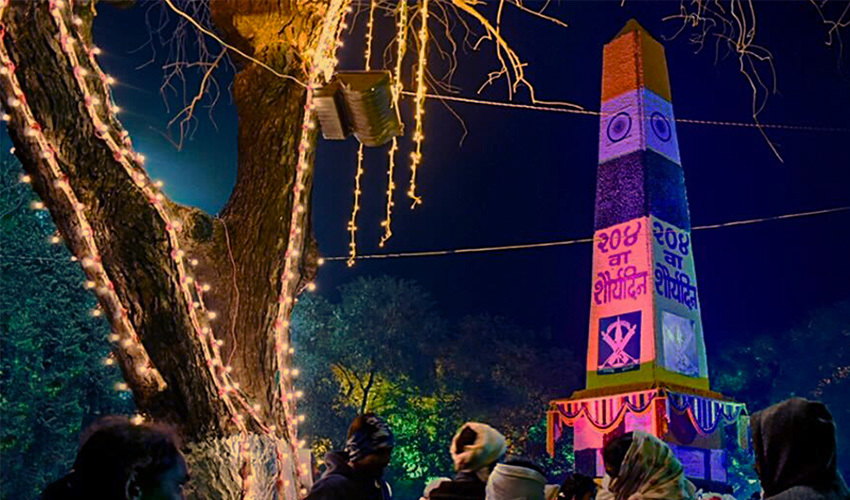
|
1818 - Present |
| The Contesting Memories of Bhima-Koregaon | |
| 1831 | |
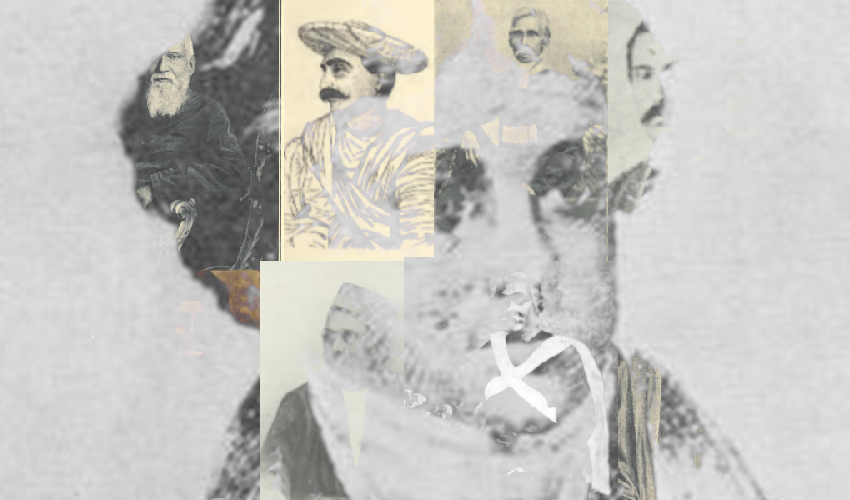
|
1831 |
| The Derozians’ India | |
| 1855 | |
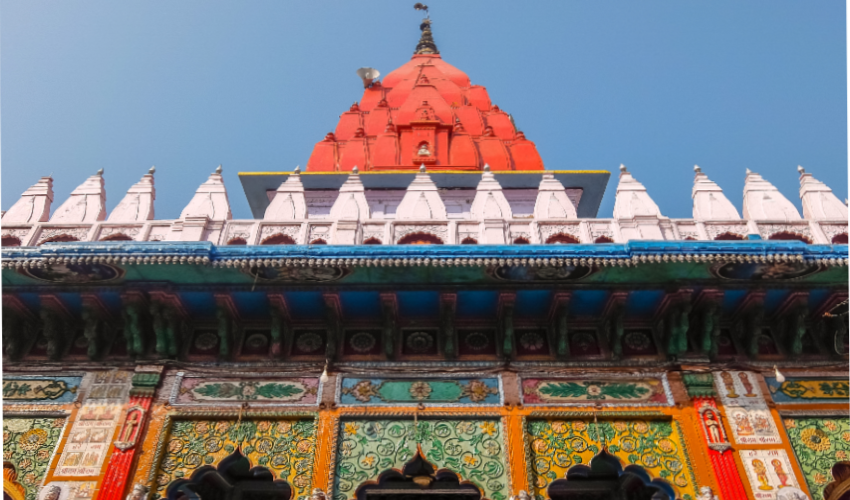
|
1855 |
| Ayodhya 1855 | |
| 1856 | |
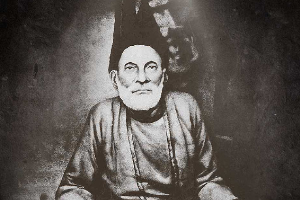
|
1856 |
| “Worshipping the dead is not an auspicious thing” — Ghalib | |
| 1857 | |
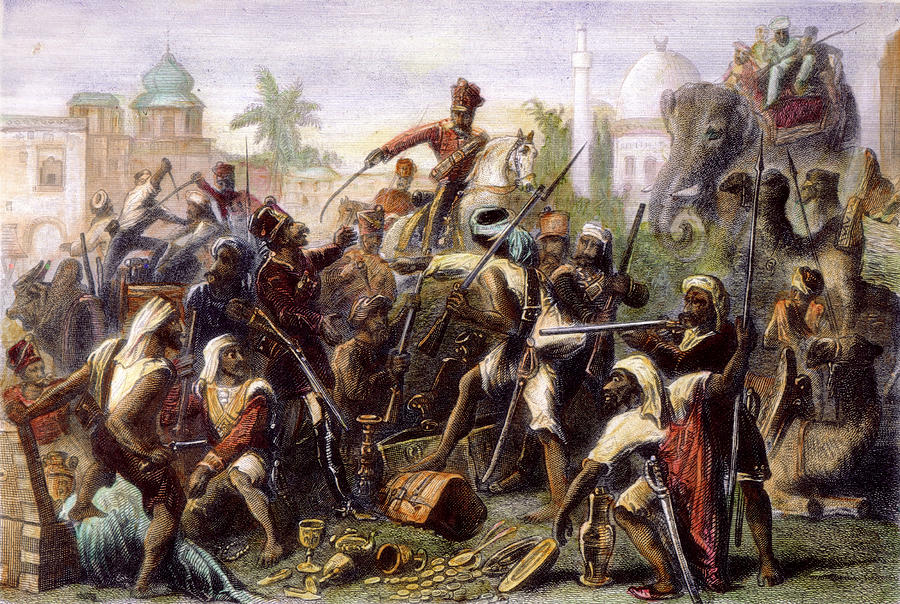
|
1857 |
| A Subaltern speaks: Dalit women’s counter-history of 1857 | |
| 1858 - 1976 | |
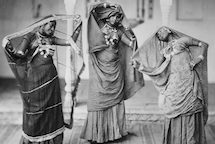
|
1858 - 1976 |
| Lifestyle as Resistance: The Curious Case of the Courtesans of Lucknow | |
| 1883 - 1894 | |
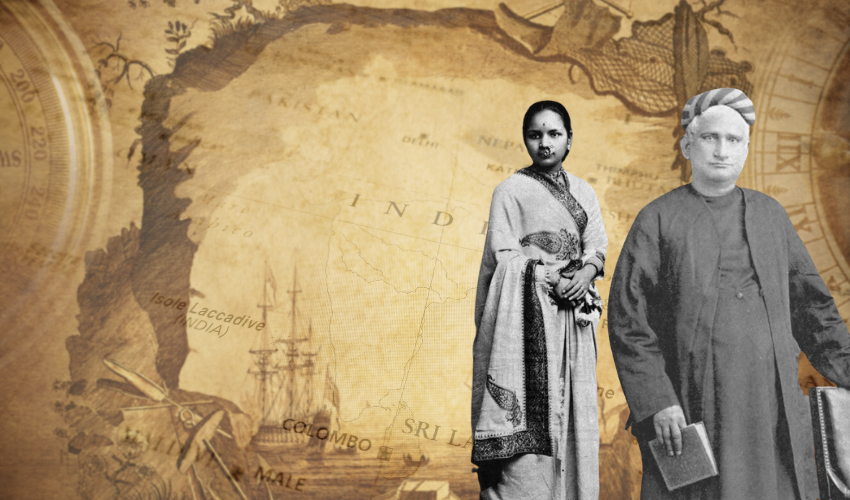
|
1883 - 1894 |
| The Sea Voyage Question: A Nineteenth century Debate | |
| 1887 | |
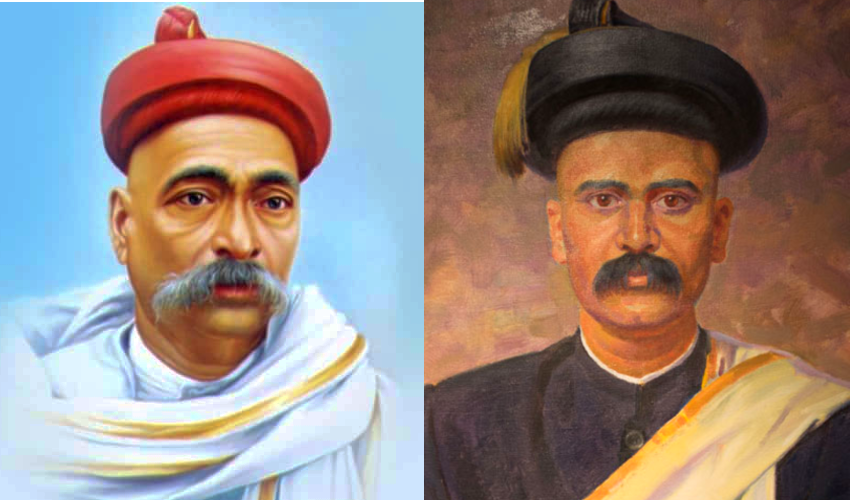
|
1887 |
| The Great Debaters: Tilak Vs. Agarkar | |
| 1893-1946 | |
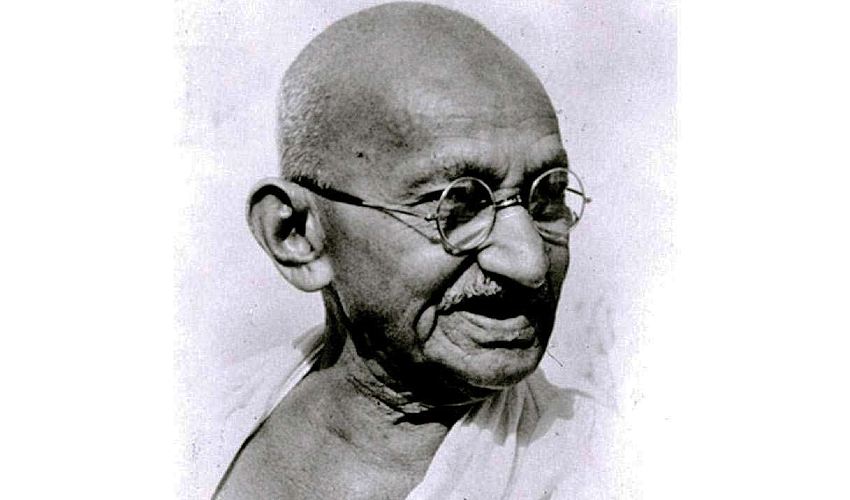
|
1893-1946 |
| A Historian Recommends: Gandhi Vs. Caste | |
| 1897 | |
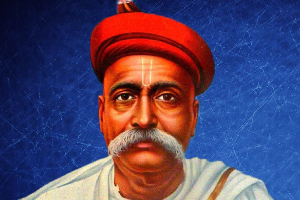
|
1897 |
| Queen Empress vs. Bal Gangadhar Tilak: An Autopsy | |
| 1913 - 1916 Modern Review | |
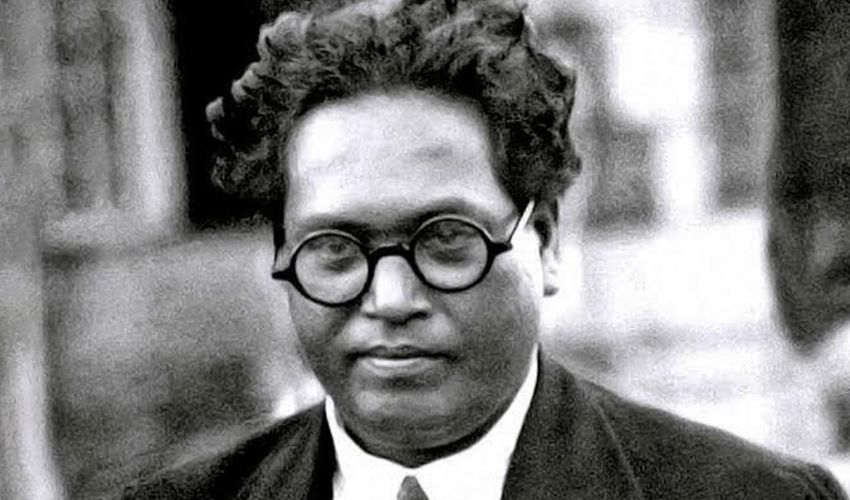
|
1913 - 1916 |
| A Young Ambedkar in New York | |
| 1916 | |
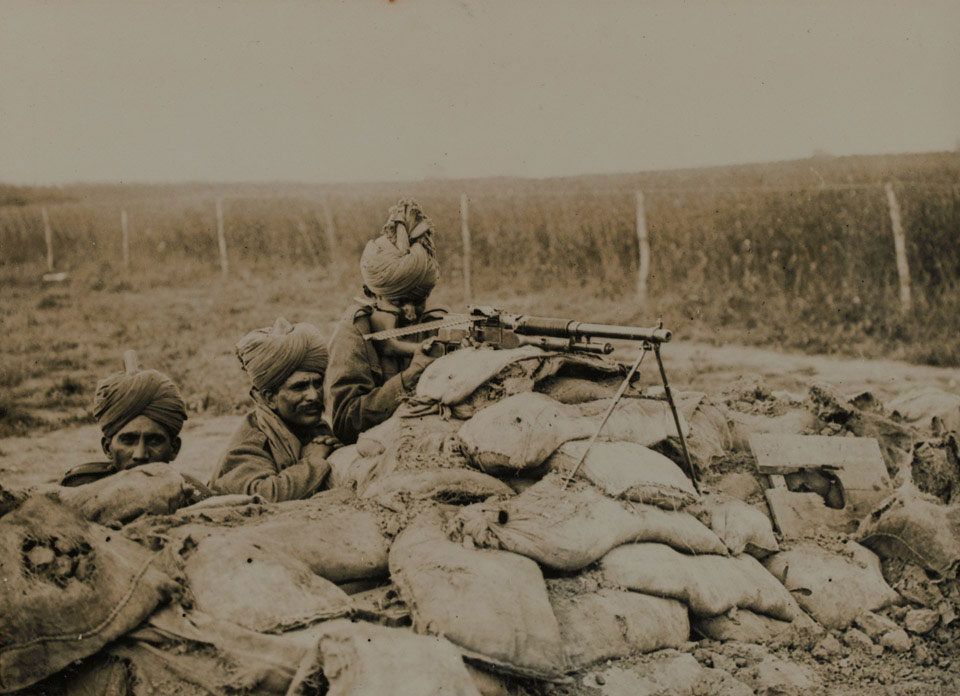
|
1916 |
| A Rare Account of World War I by an Indian Soldier | |
| 1917 | |
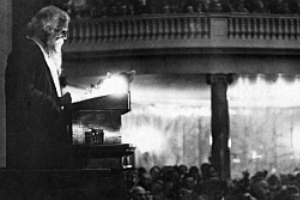
|
1917 |
| On Nationalism, by Tagore | |
| 1918 - 1919 | |

|
1918 - 1919 |
| What Happened to the Virus That Caused the World’s Deadliest Pandemic? | |
| 1920 - 1947 | |

|
1920 - 1947 |
| How One Should Celebrate Diwali, According to Gandhi | |
| 1921 | |
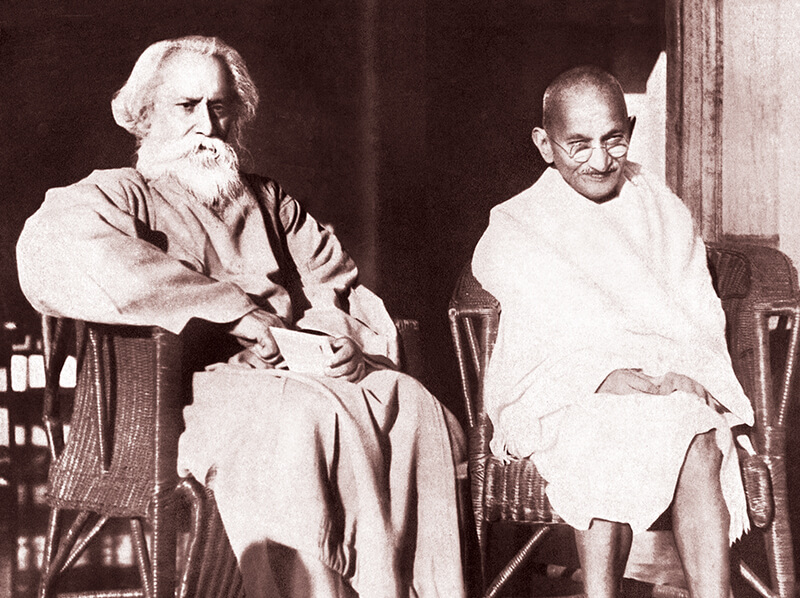
|
1921 |
| Great Debates: Tagore Vs. Gandhi (1921) | |
| 1921 - 2015 | |
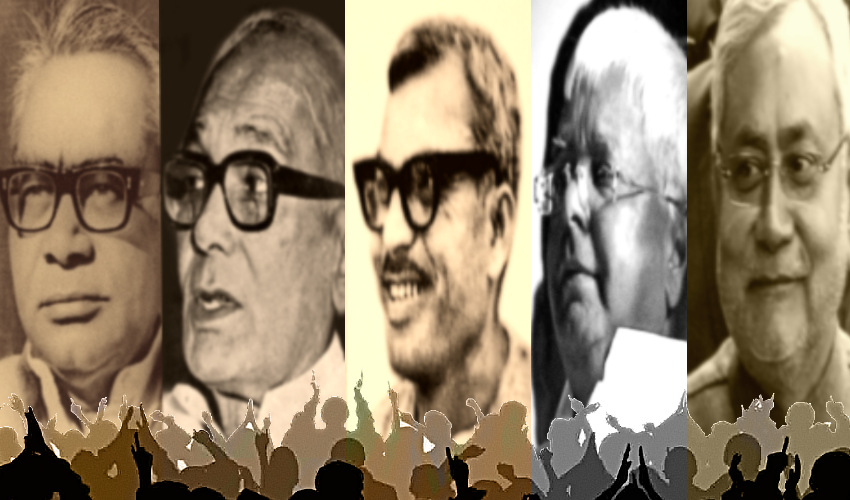
|
1921 - 2015 |
| A History of Caste Politics and Elections in Bihar | |
| 1915-1921 | |
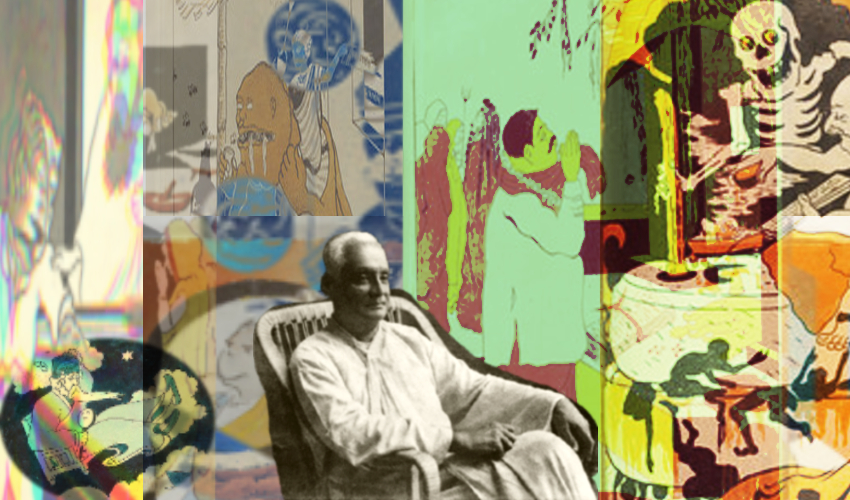
|
1915-1921 |
| The Satirical Genius of Gaganendranath Tagore | |
| 1924-1937 | |

|
1924-1937 |
| What were Gandhi’s Views on Religious Conversion? | |
| 1900-1950 | |
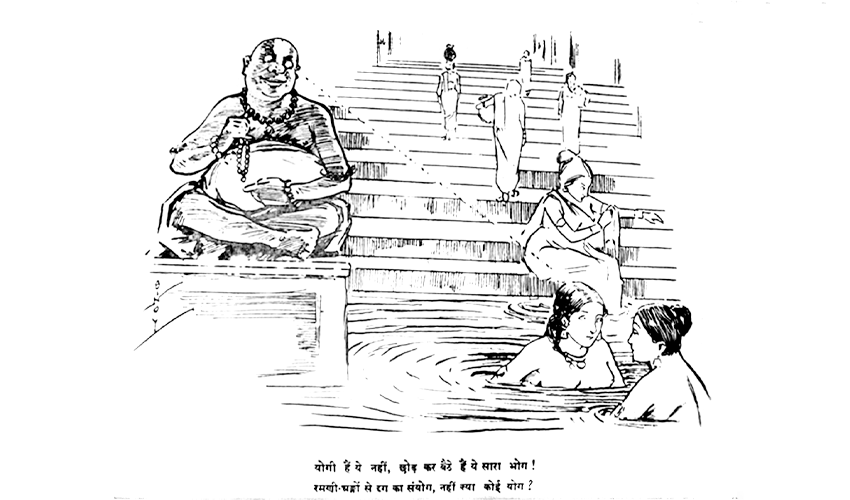
|
1900-1950 |
| Gazing at the Woman’s Body: Historicising Lust and Lechery in a Patriarchal Society | |
| 1925, 1926 | |
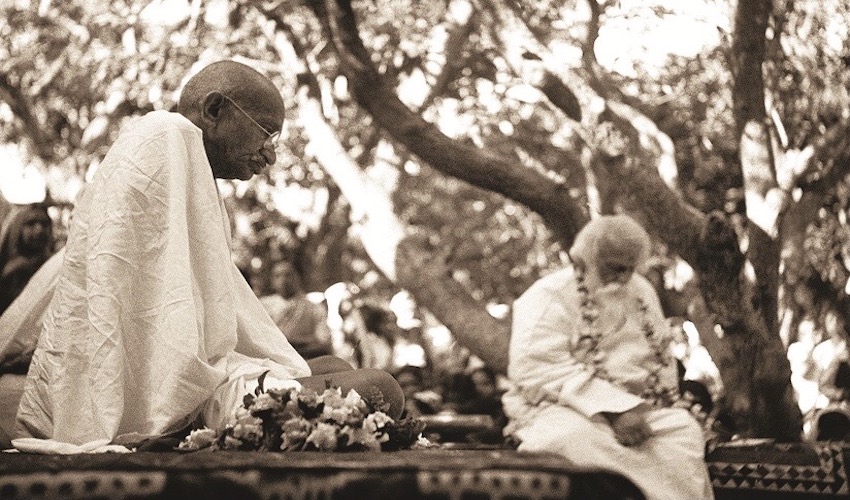
|
1925, 1926 |
| Great Debates: Tagore vs Gandhi (1925-1926) | |
| 1928 | |
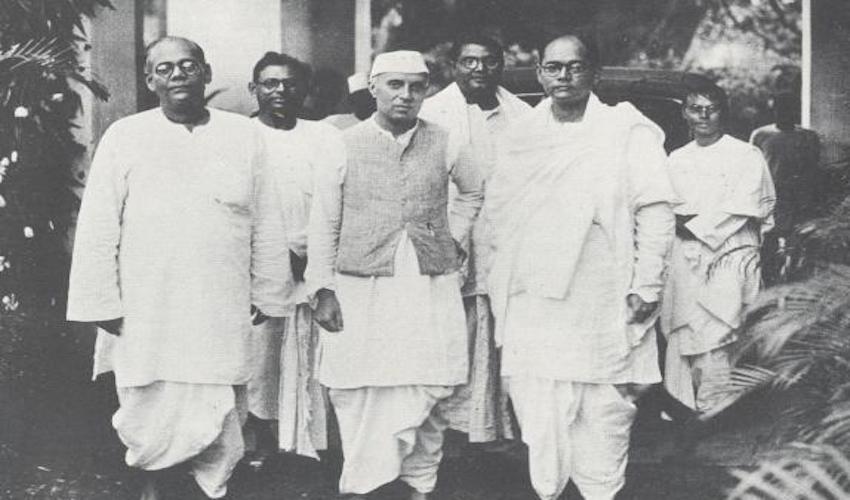
|
1928 |
| Bhagat Singh’s dilemma: Nehru or Bose? | |
| 1930 Modern Review | |
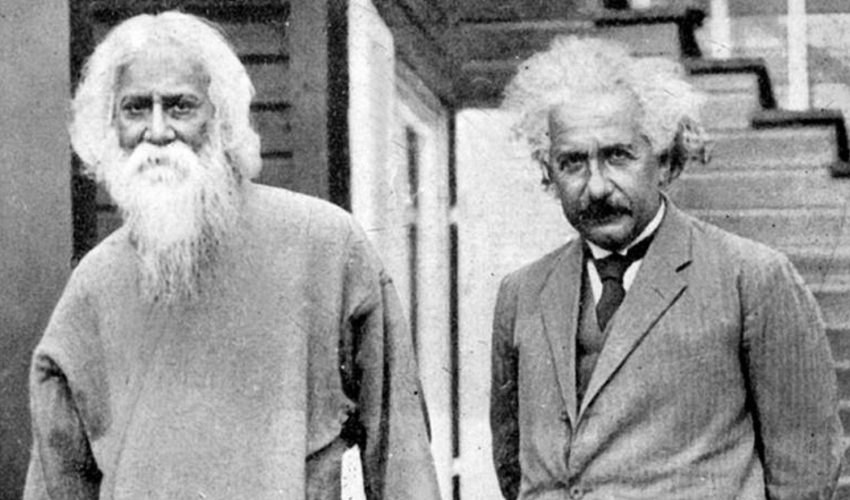
|
1930 |
| The Modern Review Special: On the Nature of Reality | |
| 1932 | |
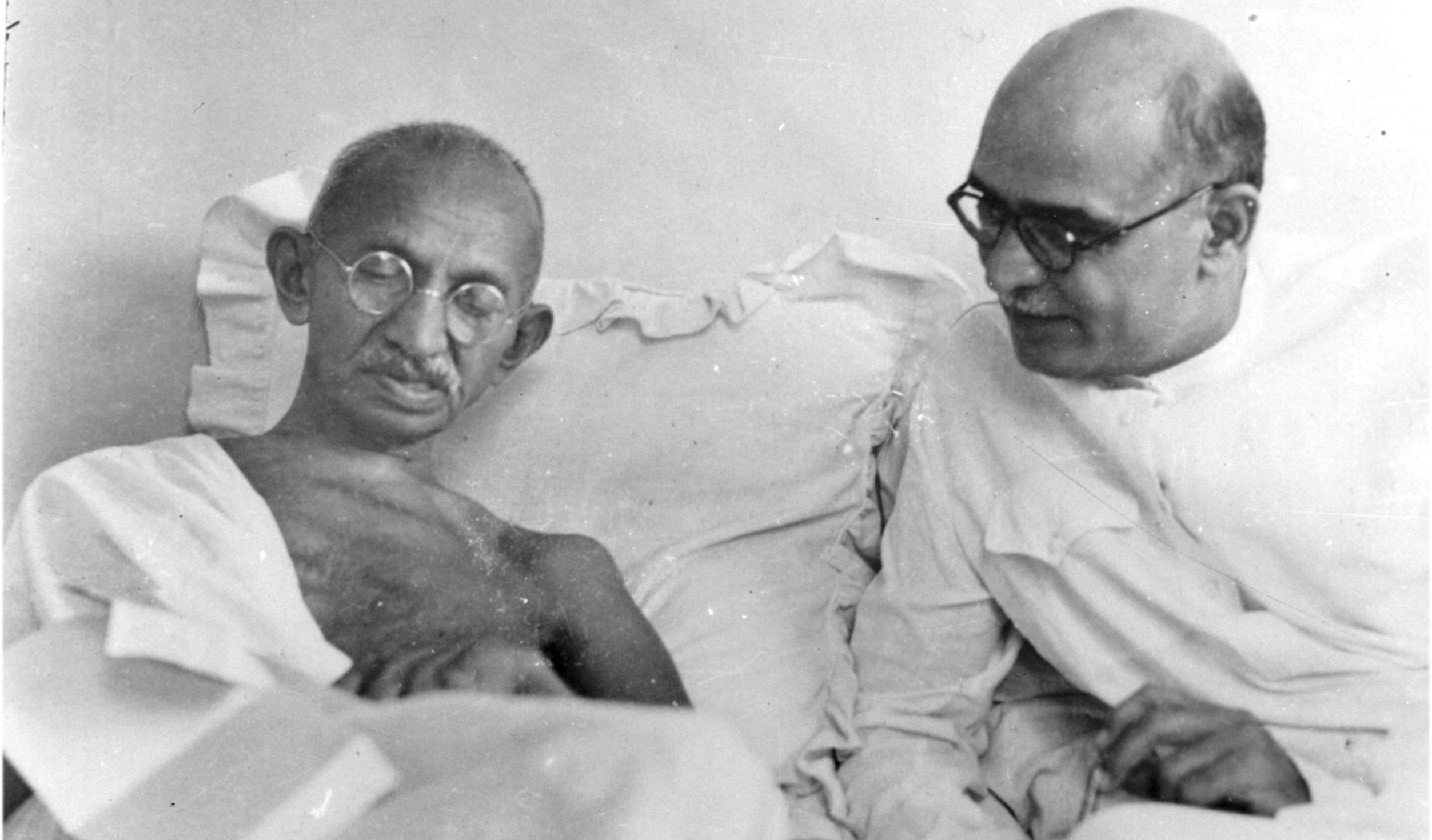
|
1932 |
| Caste, Gandhi and the Man Beside Gandhi | |
| 1933 - 1991 | |

|
1933 - 1991 |
| Raghubir Sinh: The Prince Who Would Be Historian | |
| 1935 | |
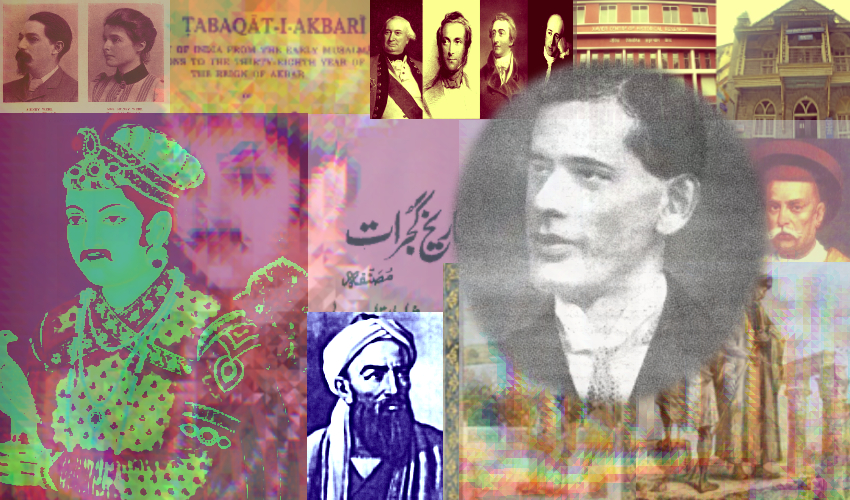
|
1935 |
| A Historian Recommends: SA Khan’s Timeless Presidential Address | |
| 1865-1928 | |
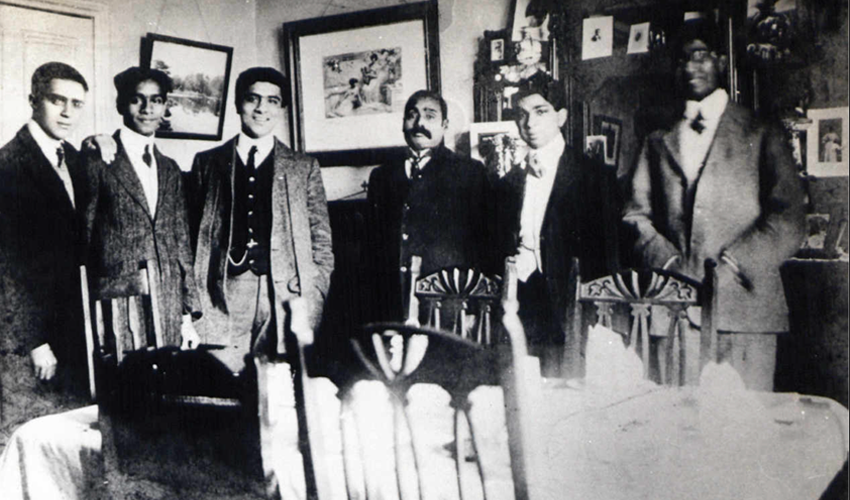
|
1865-1928 |
| Understanding Lajpat Rai’s Hindu Politics and Secularism | |
| 1935 Modern Review | |
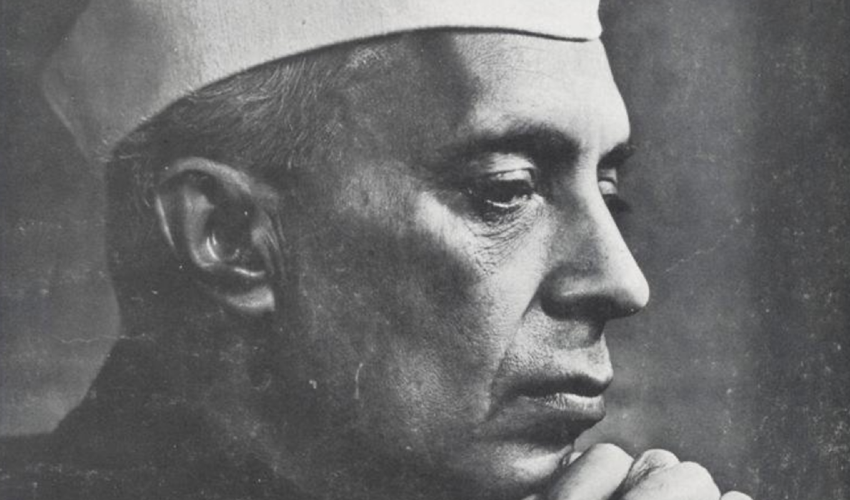
|
1935 |
| The Modern Review Special: The Mind of a Judge | |
| 1936 Modern Review | |
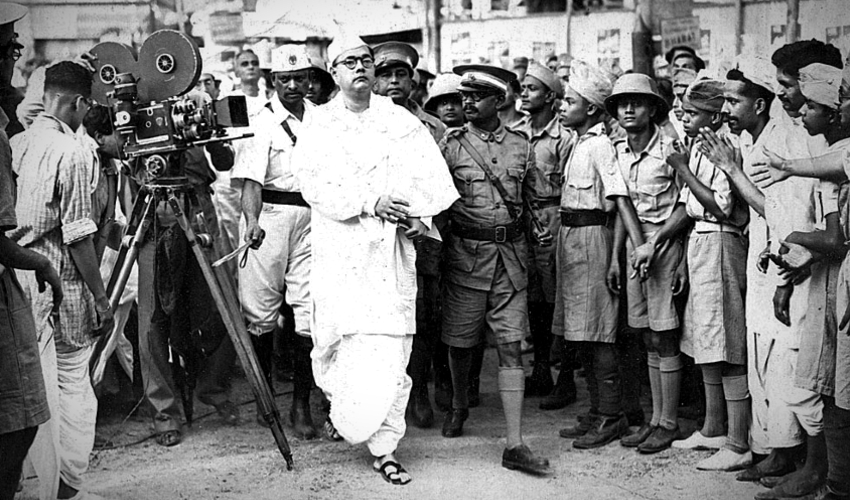
|
1936 |
| The Modern Review Special: When Netaji Subhas Bose Was Wrongfully Detained for ‘Terrorism’ | |
| 1936 | |

|
1936 |
| Annihilation of Caste: Part 1 | |
| 1936 Modern Review | |

|
1936 |
| The Modern Review Special: An Indian MP in the British Parliament | |
| 1936 | |

|
1936 |
| Annihilation of Caste: Part 2 | |
| 1936 | |

|
1936 |
| A Reflection of His Age: Munshi Premchand on the True Purpose of Literature | |
| 1936 Modern Review | |
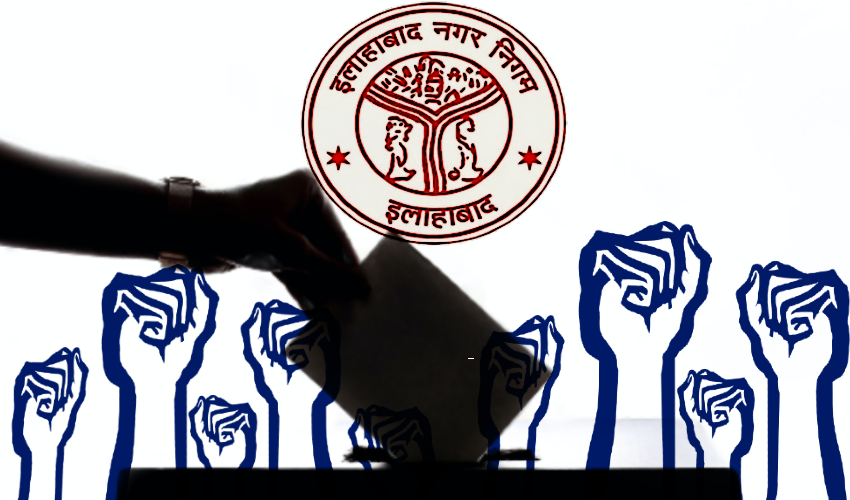
|
1936 |
| The Modern Review Special: The Defeat of a Dalit Candidate in a 1936 Municipal Election | |
| 1937 Modern Review | |
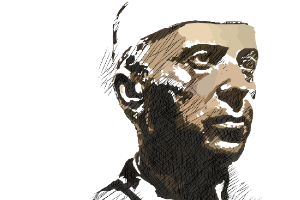
|
1937 |
| The Modern Review Special: Rashtrapati | |
| 1938 | |
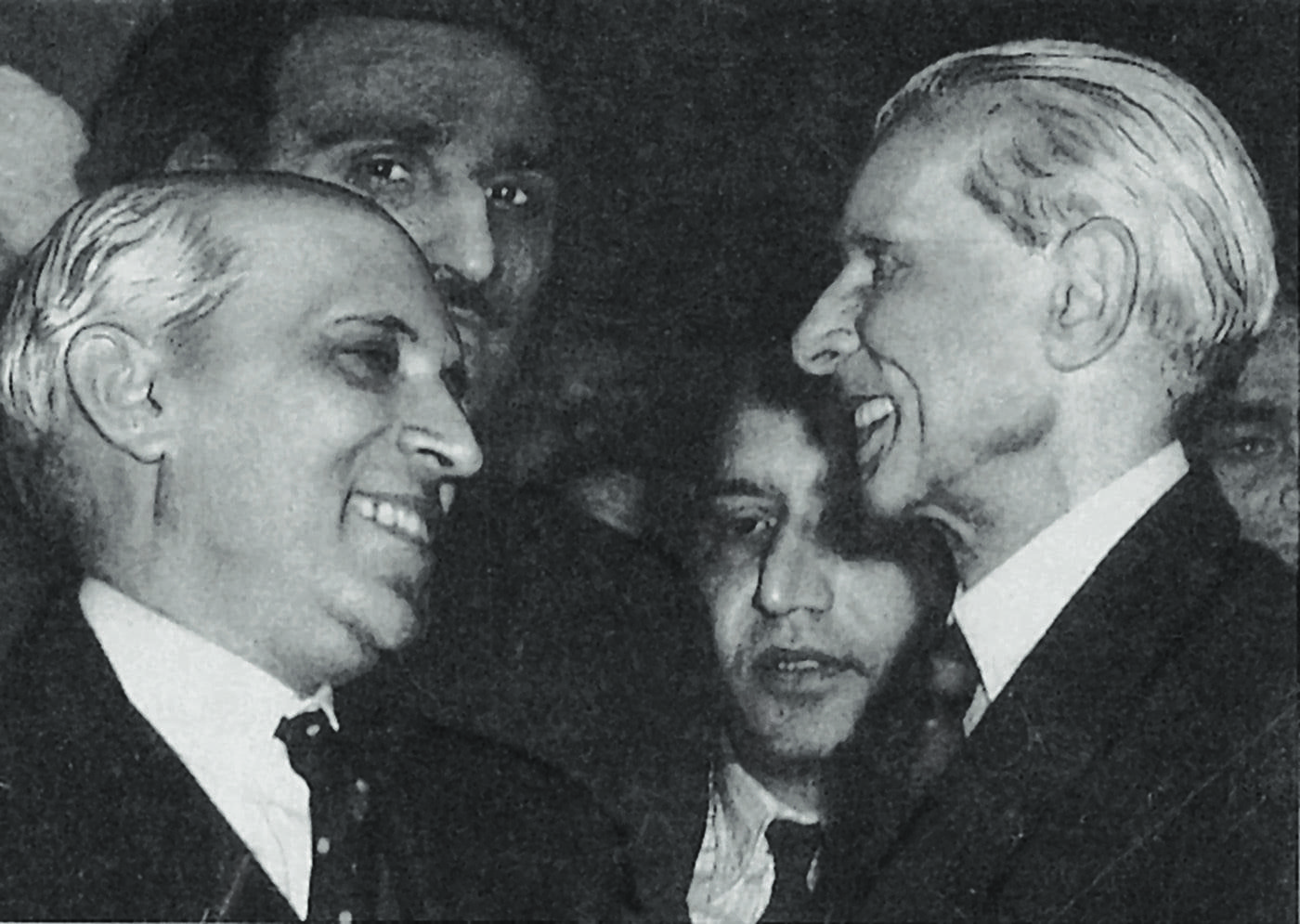
|
1938 |
| Great Debates: Nehru Vs. Jinnah (1938) | |
| 1942 Modern Review | |
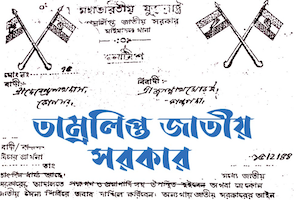
|
1942 |
| IHC Uncovers: A Parallel Government In British India (Part 1) | |
| 1943-1945 | |
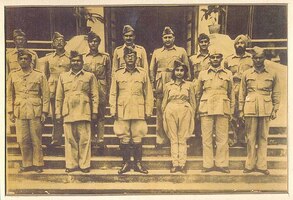
|
1943-1945 |
| Origin Of The Azad Hind Fauj | |
| 1942-1945 | |

|
1942-1945 |
| IHC Uncovers: A Parallel Government in British India (Part 2) | |
| 1946 | |
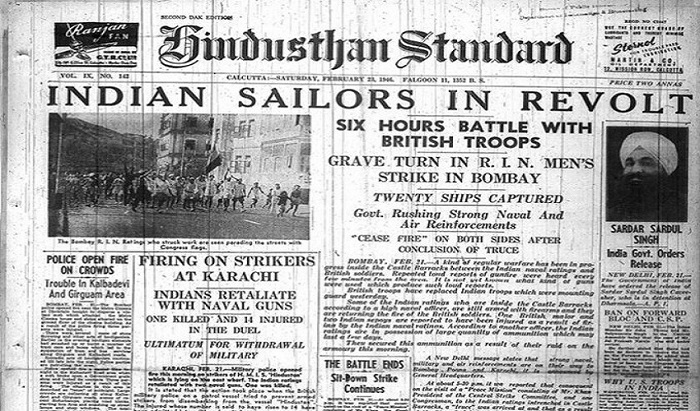
|
1946 |
| Our Last War of Independence: The Royal Indian Navy Mutiny of 1946 | |
| 1946 | |
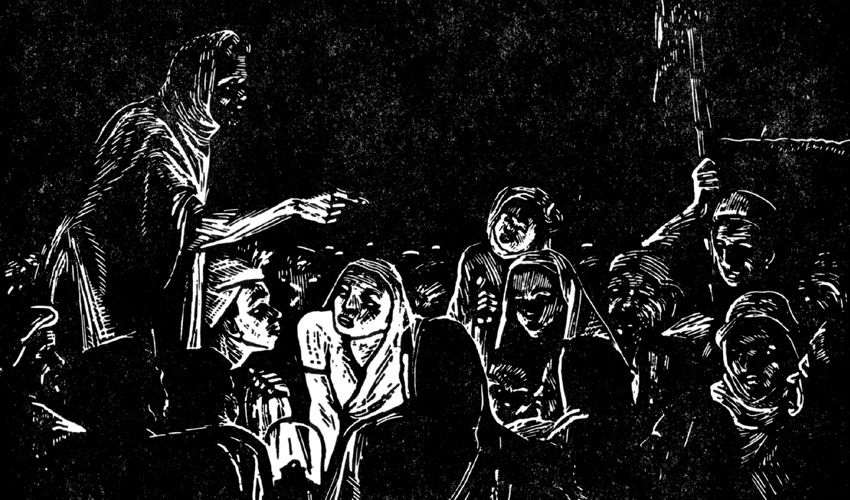
|
1946 |
| An Artist’s Account of the Tebhaga Movement in Pictures And Prose | |
| 1946 – 1947 | |
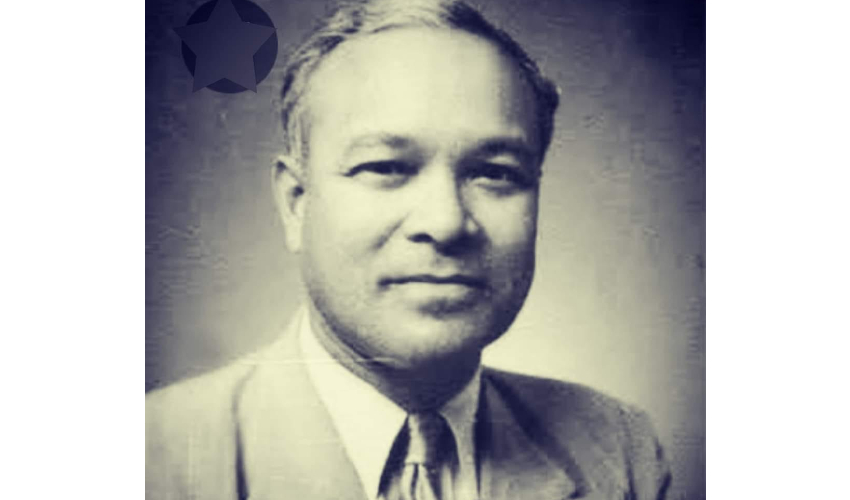
|
1946 – 1947 |
| “The Most Democratic People on Earth” : An Adivasi Voice in the Constituent Assembly | |
| 1946-1947 | |
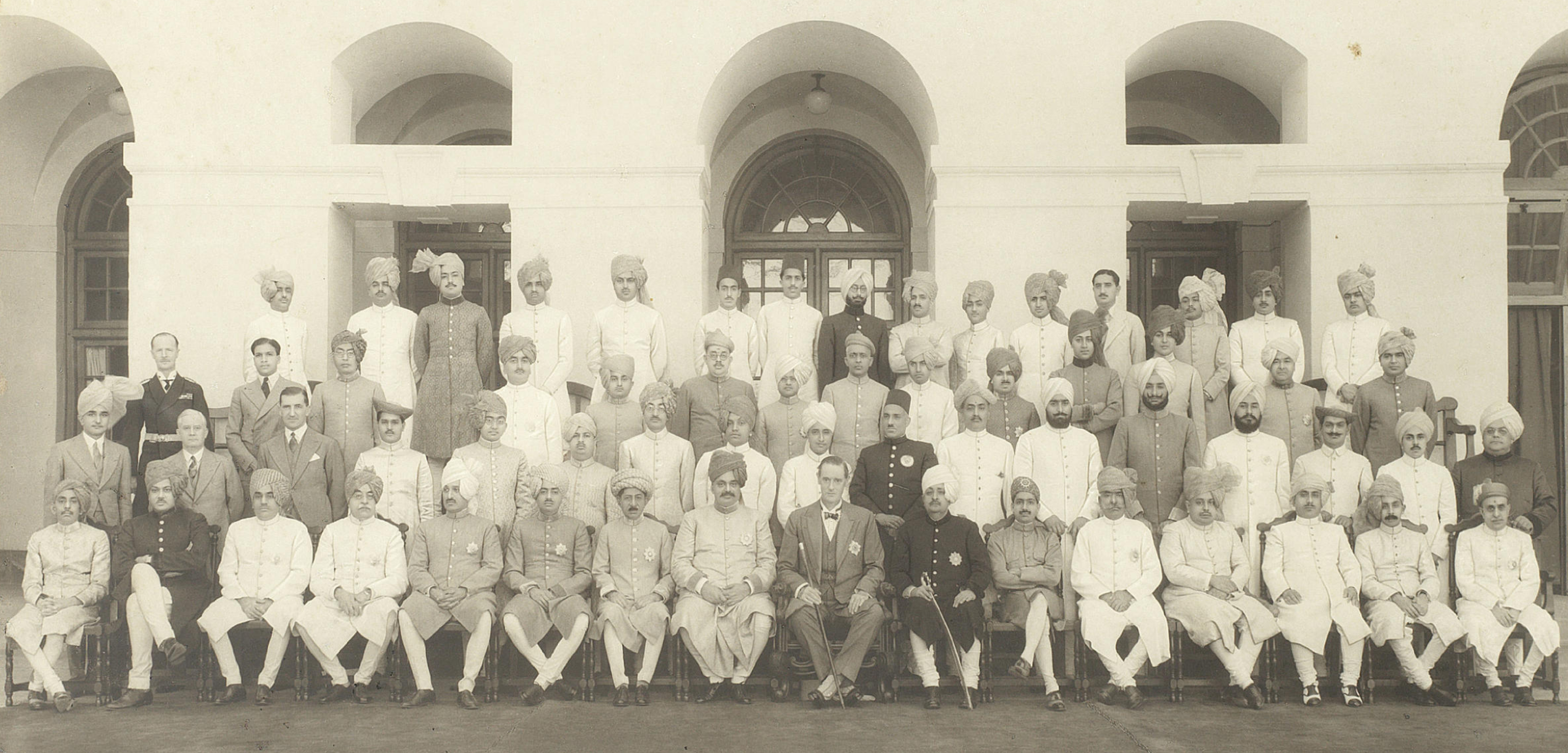
|
1946-1947 |
| VP Menon and the Birth of Independent India | |
| 1916 - 1947 | |
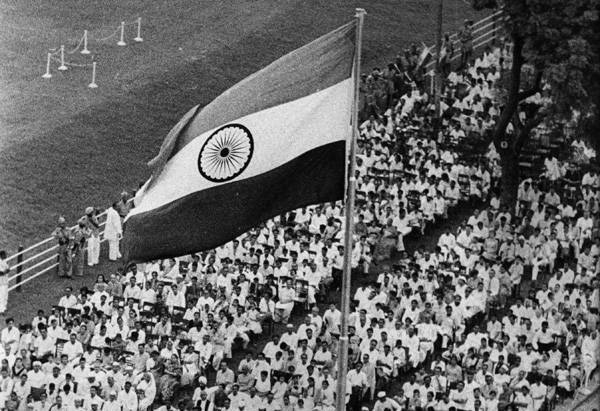
|
1916 - 1947 |
| 8 @ 75: 8 Speeches Independent Indians Must Read | |
| 1947-1951 | |
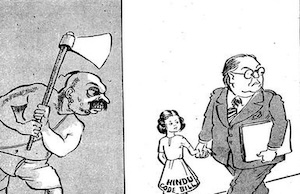
|
1947-1951 |
| Ambedkar Cartoons: The Joke’s On Us | |
| 1948 | |

|
1948 |
| “My Father, Do Not Rest” | |
| 1940-1960 | |

|
1940-1960 |
| Integration Myth: A Silenced History of Hyderabad | |
| 1948 | |
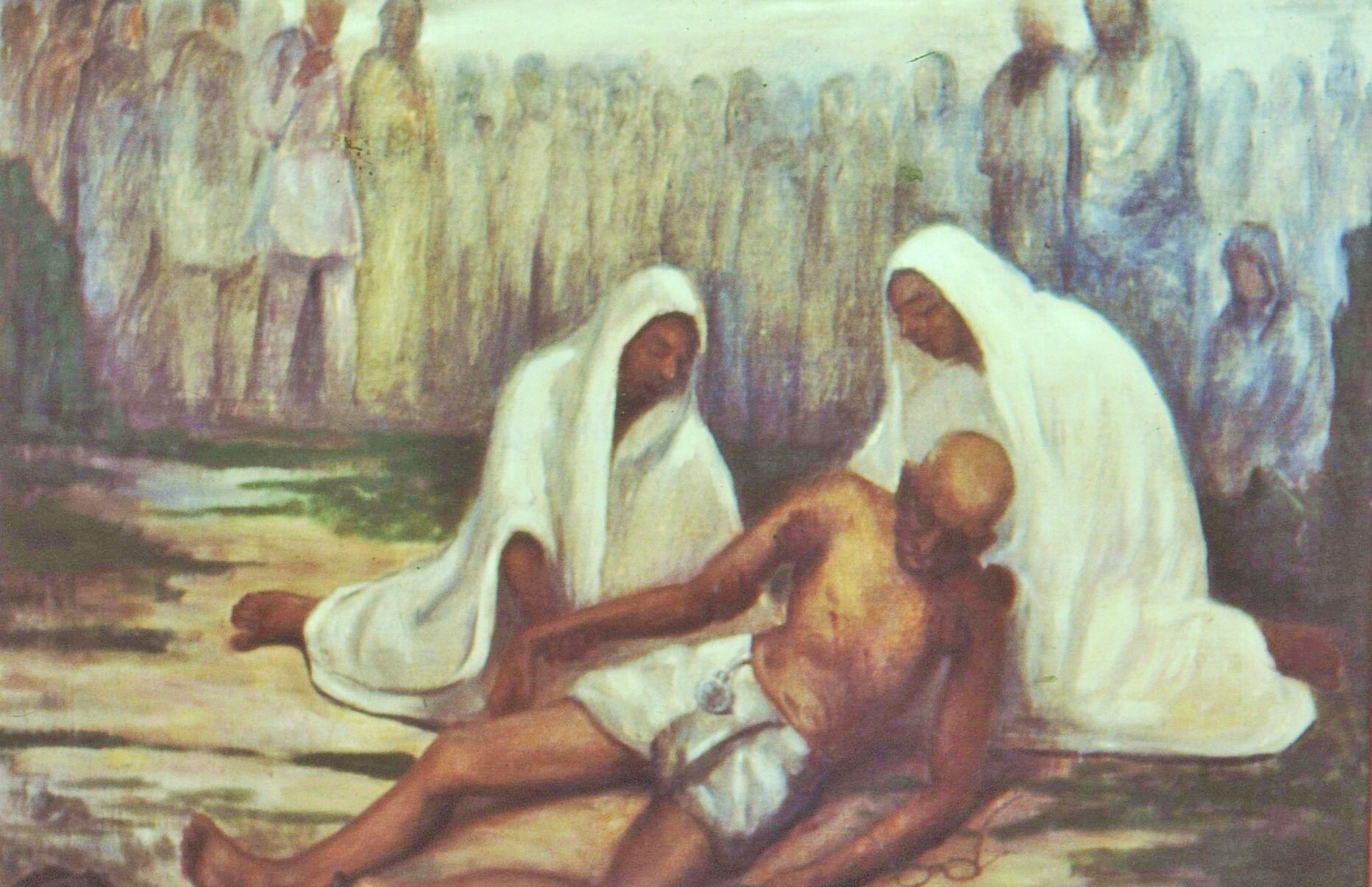
|
1948 |
| The Assassination of a Mahatma, the Princely States and the ‘Hindu’ Nation | |
| 1949 | |
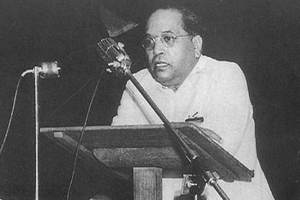
|
1949 |
| Ambedkar warns against India becoming a ‘Democracy in Form, Dictatorship in Fact’ | |
| 1950 | |
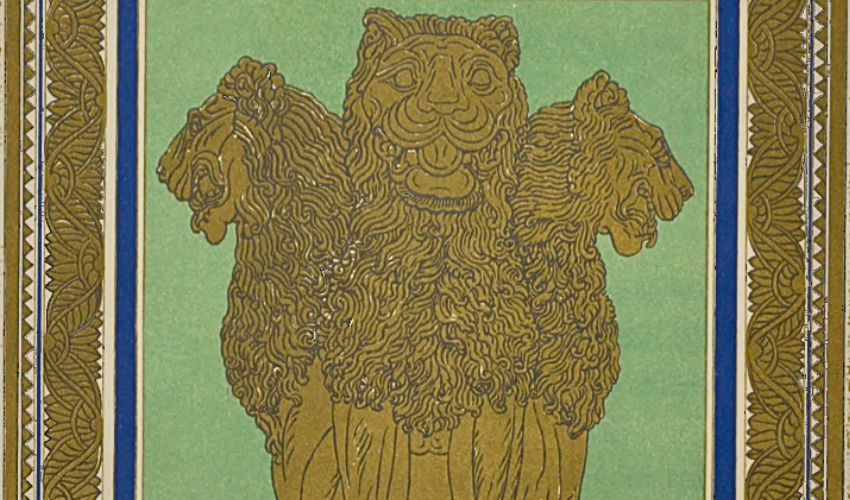
|
1950 |
| Illustrations from the constitution | |
| 1951 | |
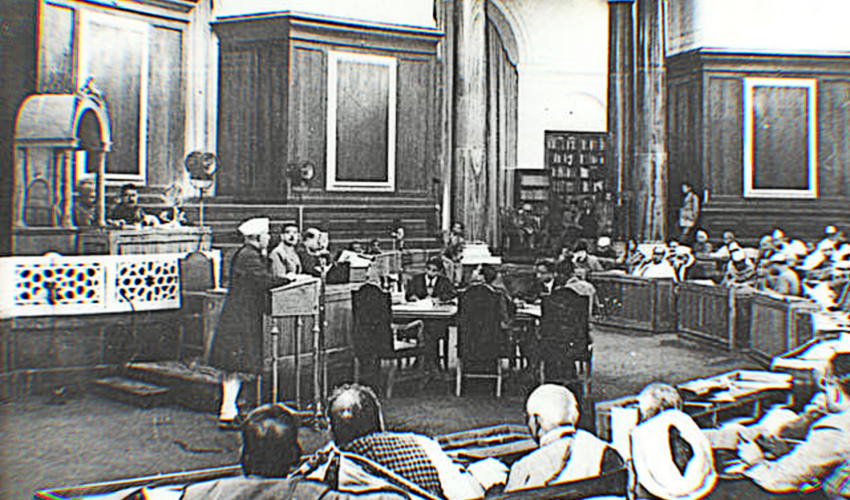
|
1951 |
| How the First Amendment to the Indian Constitution Circumscribed Our Freedoms & How it was Passed | |
| 1967 | |
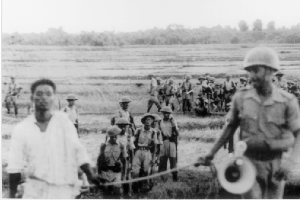
|
1967 |
| Once Upon A Time In Naxalbari | |
| 1970 | |
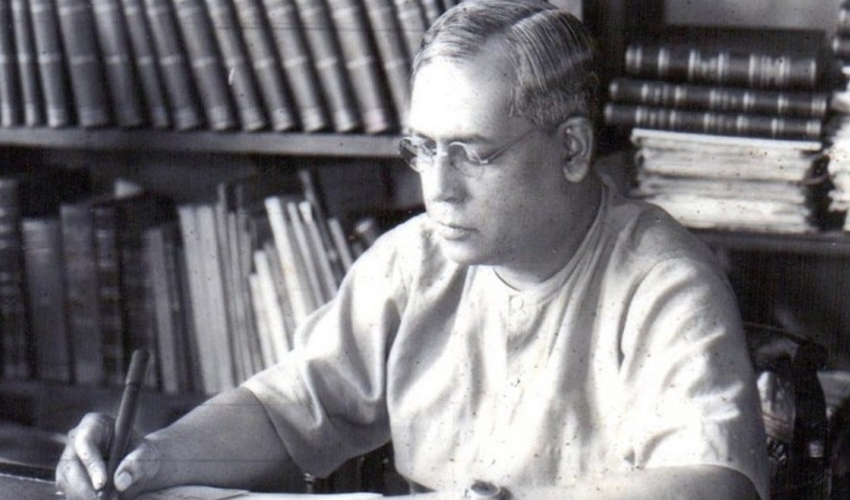
|
1970 |
| R.C. Majumdar on Shortcomings in Indian Historiography | |
| 1973 - 1993 | |
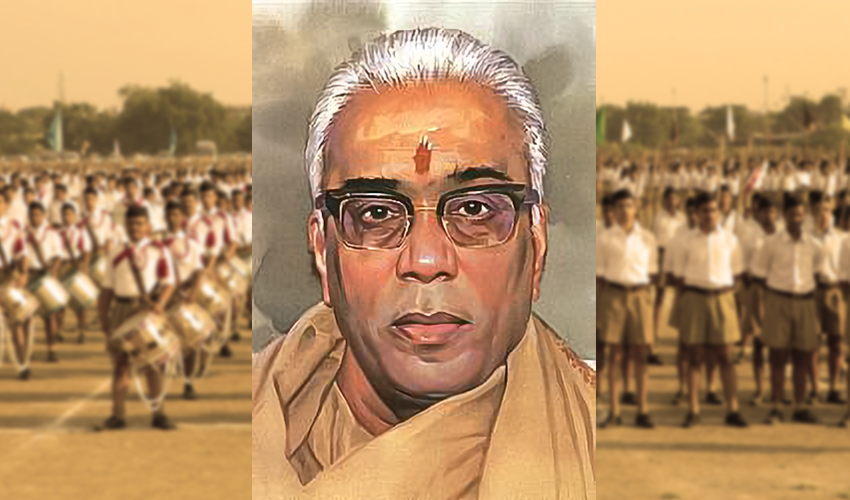
|
1973 - 1993 |
| Balasaheb Deoras: Kingmaker of the Sangh | |
| 1975 | |
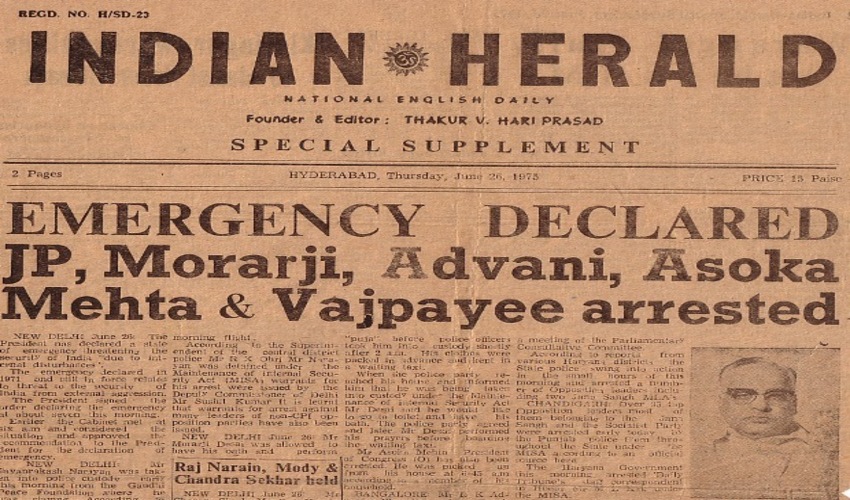
|
1975 |
| The Emergency Package: Shadow Power | |
| 1975 | |
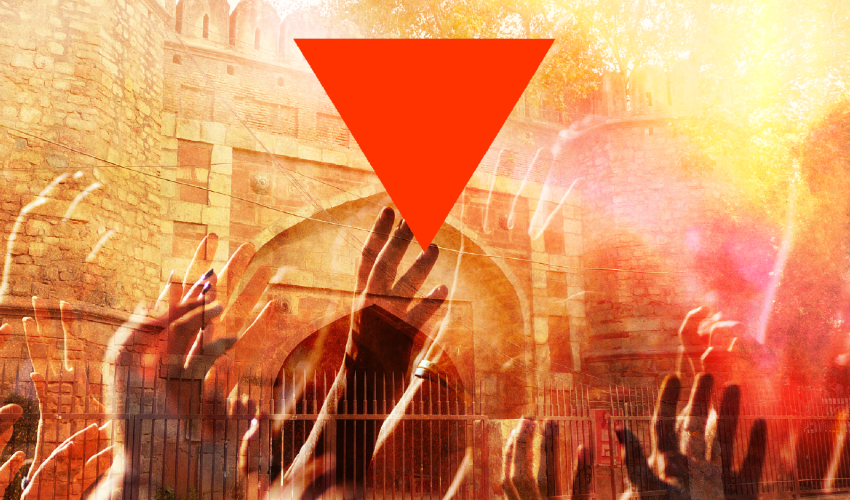
|
1975 |
| The Emergency Package: The Prehistory of Turkman Gate – Population Control | |
| 1977 – 2011 | |
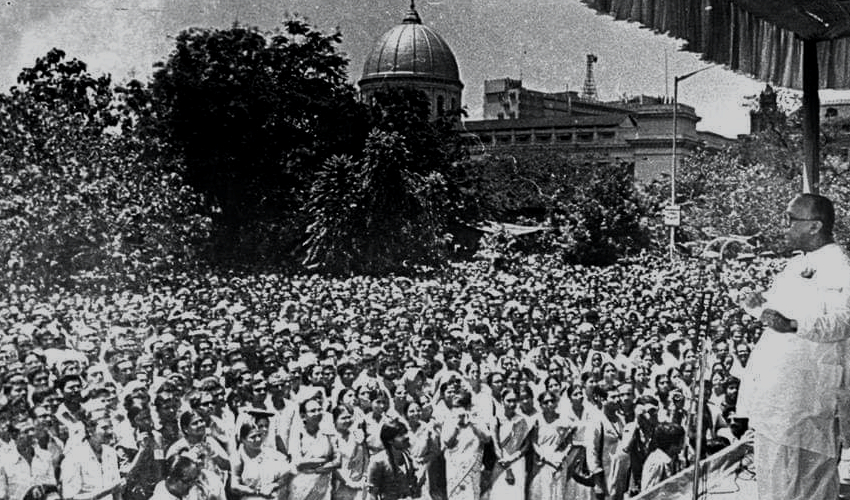
|
1977 – 2011 |
| Power is an Unforgiving Mistress: Lessons from the Decline of the Left in Bengal | |
| 1984 | |
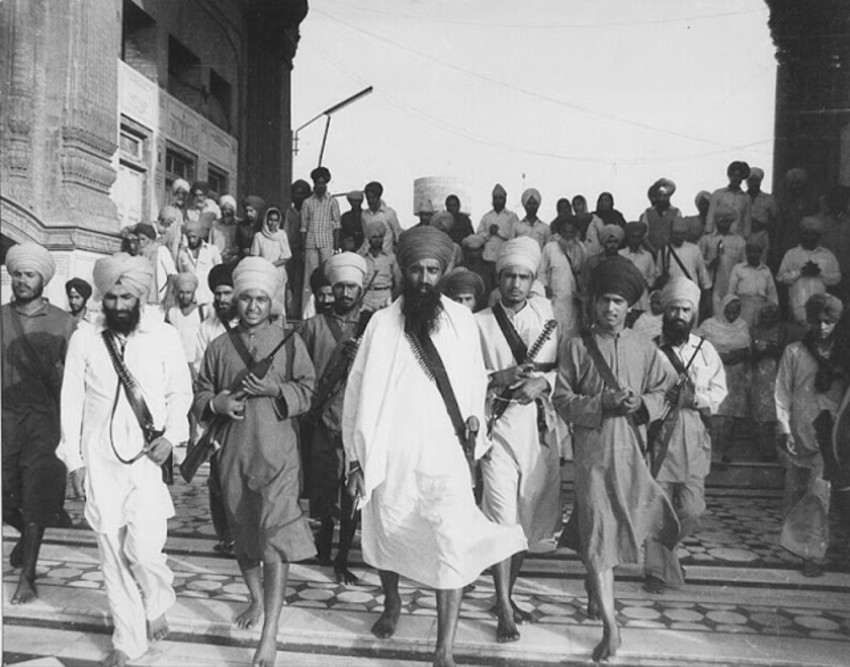
|
1984 |
| Mrs Gandhi’s Final Folly: Operation Blue Star | |
| 1916-2004 | |

|
1916-2004 |
| Amjad Ali Khan on M.S. Subbulakshmi: “A Glorious Chapter for Indian Classical Music” | |
| 2008 | |
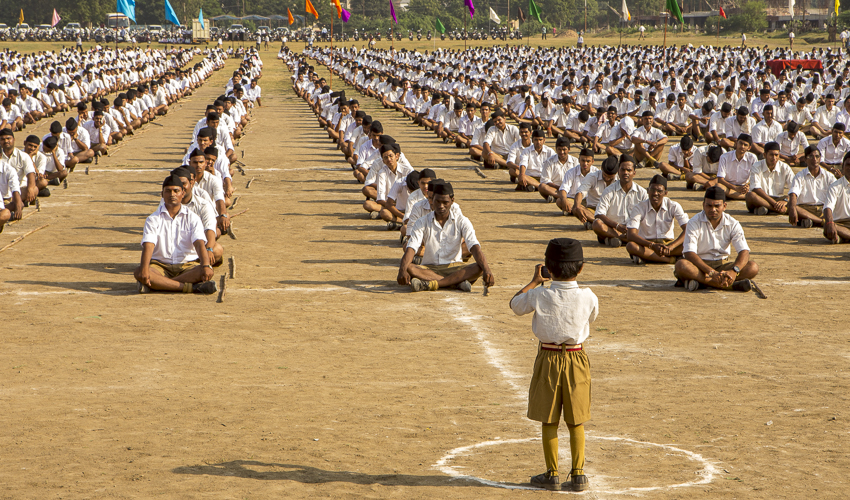
|
2008 |
| Whose History Textbook Is It Anyway? | |
| 2006 - 2009 | |

|
2006 - 2009 |
| Singur-Nandigram-Lalgarh: Movements that Remade Mamata Banerjee | |
| 2020 | |

|
2020 |
| The Indo-China Conflict: 10 Books We Need To Read | |
| 2021 | |
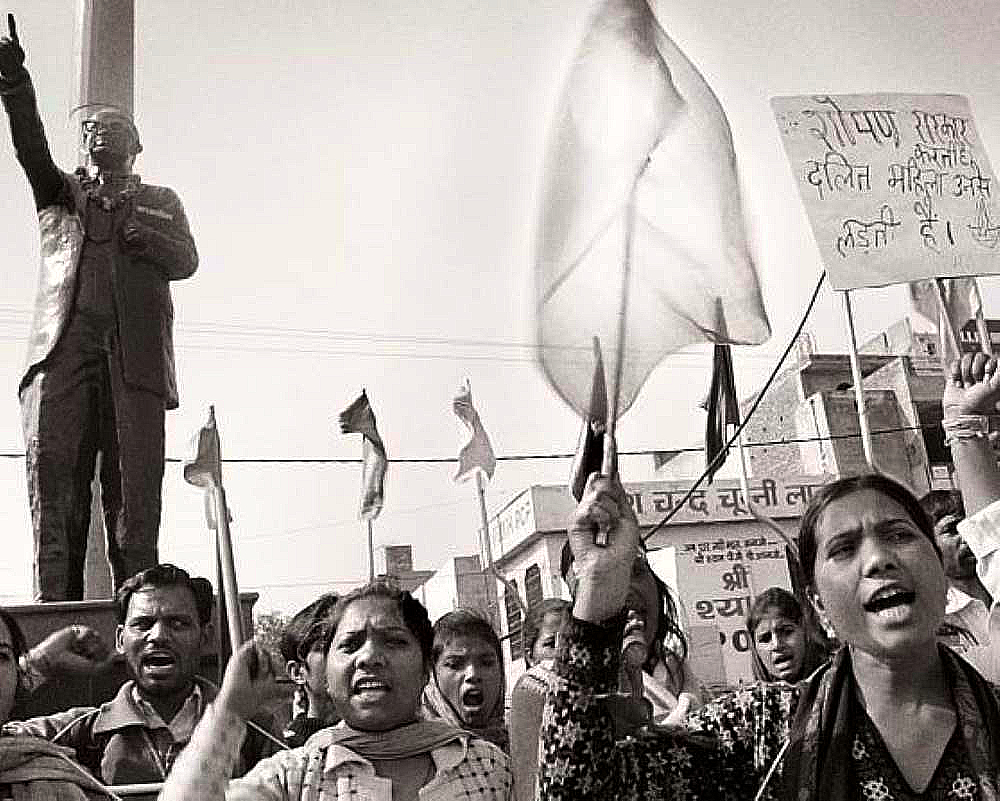
|
2021 |
| Singing/Writing Liberation: Dalit Women’s Narratives | |
Leave a Reply